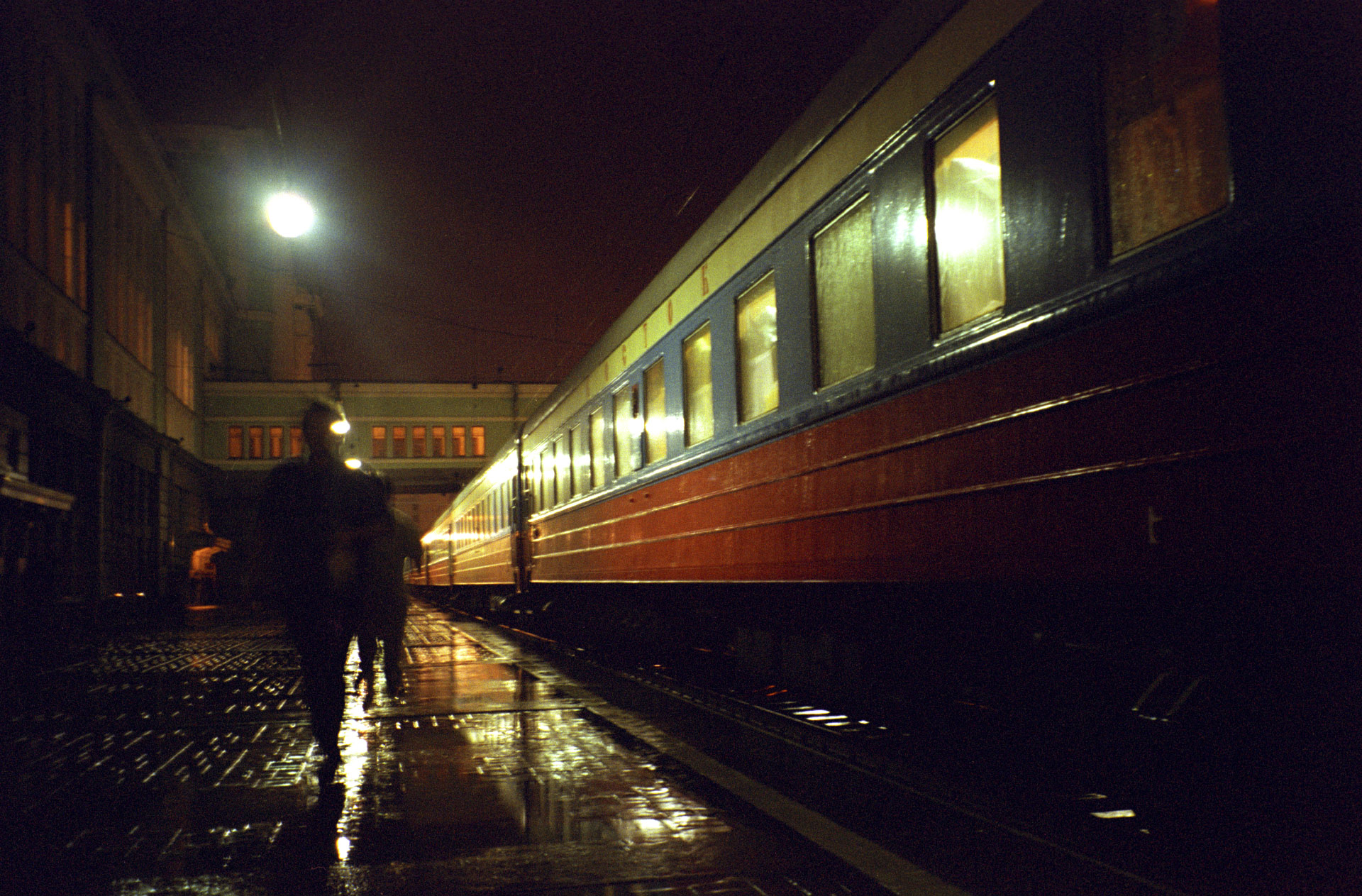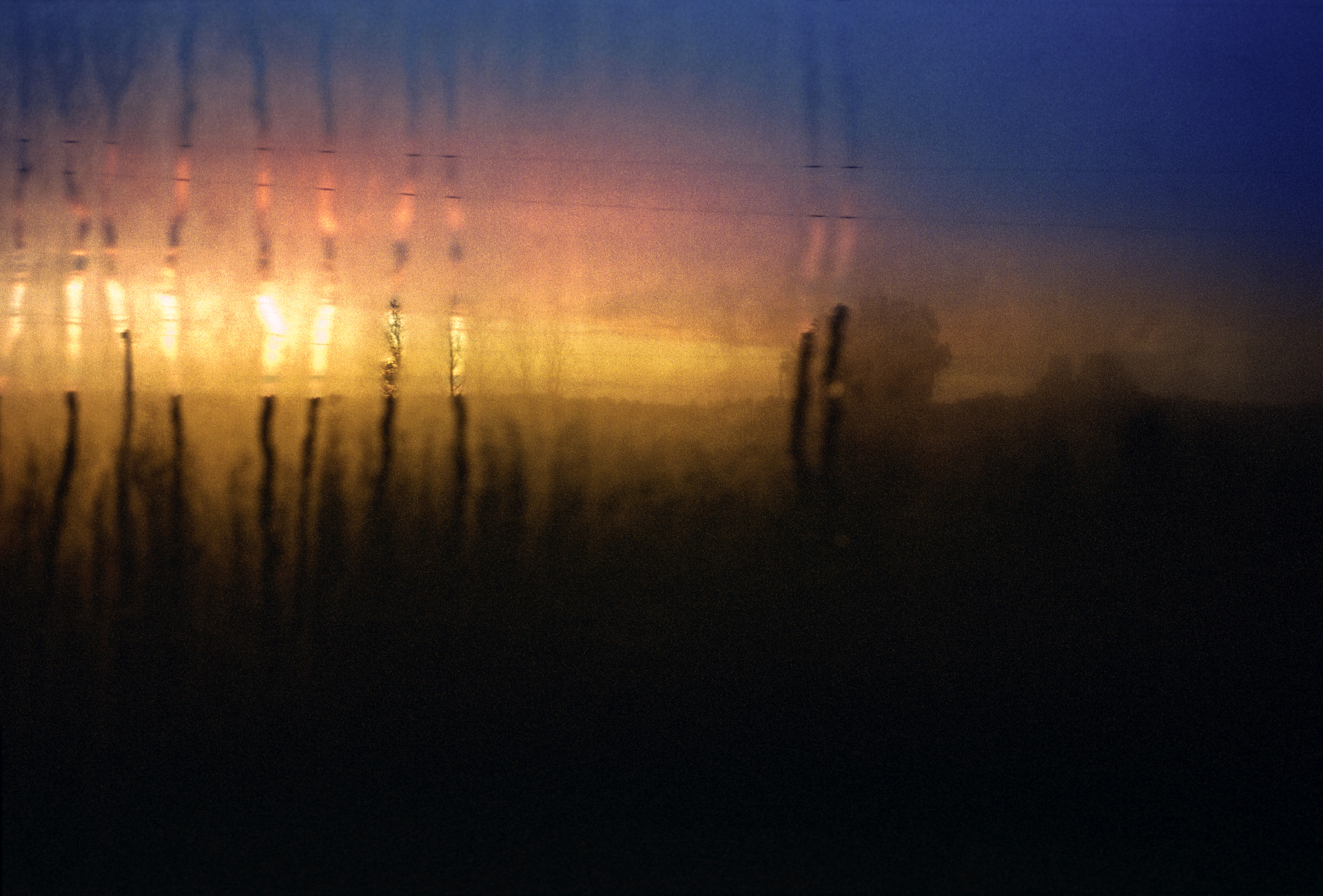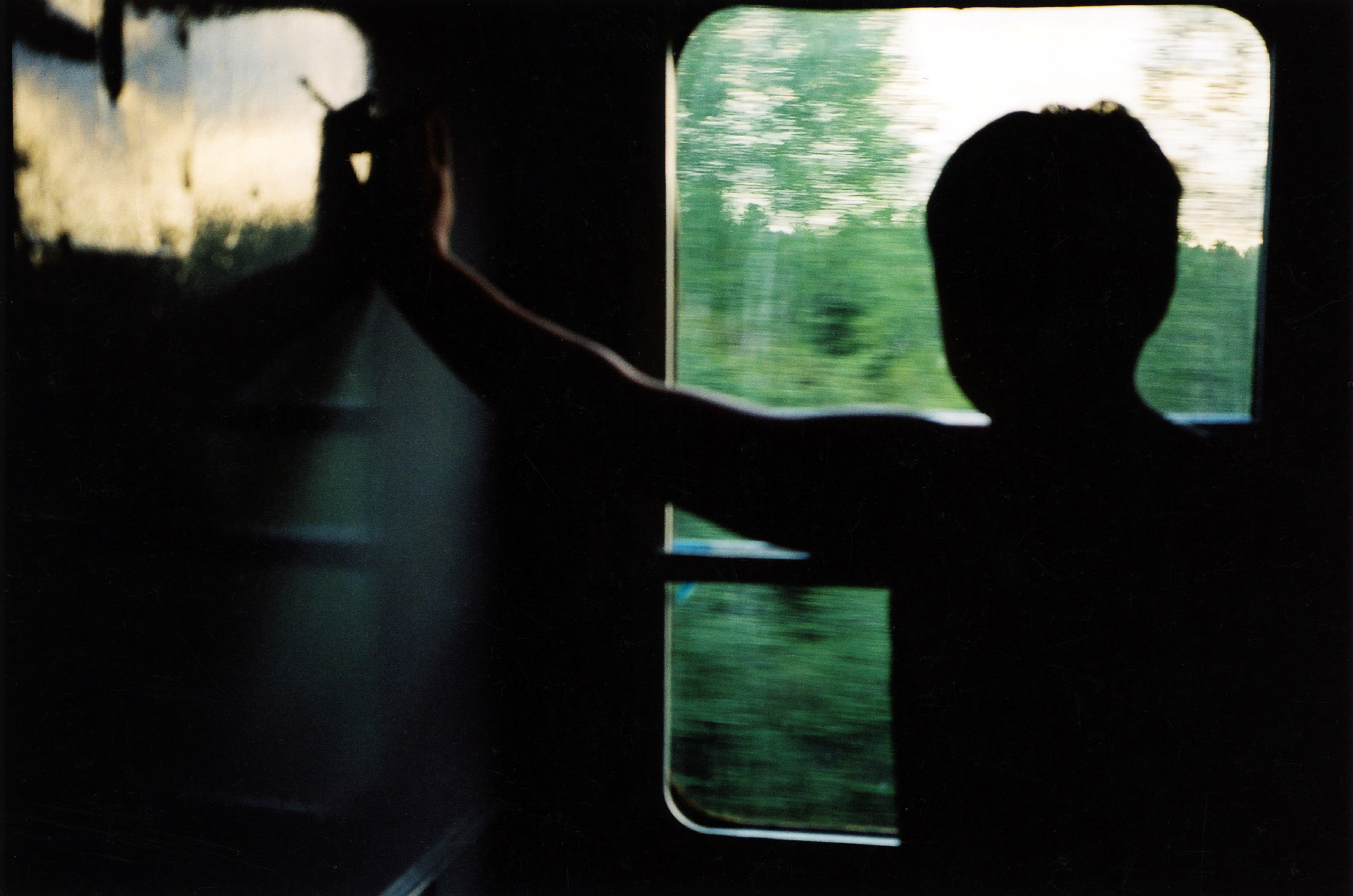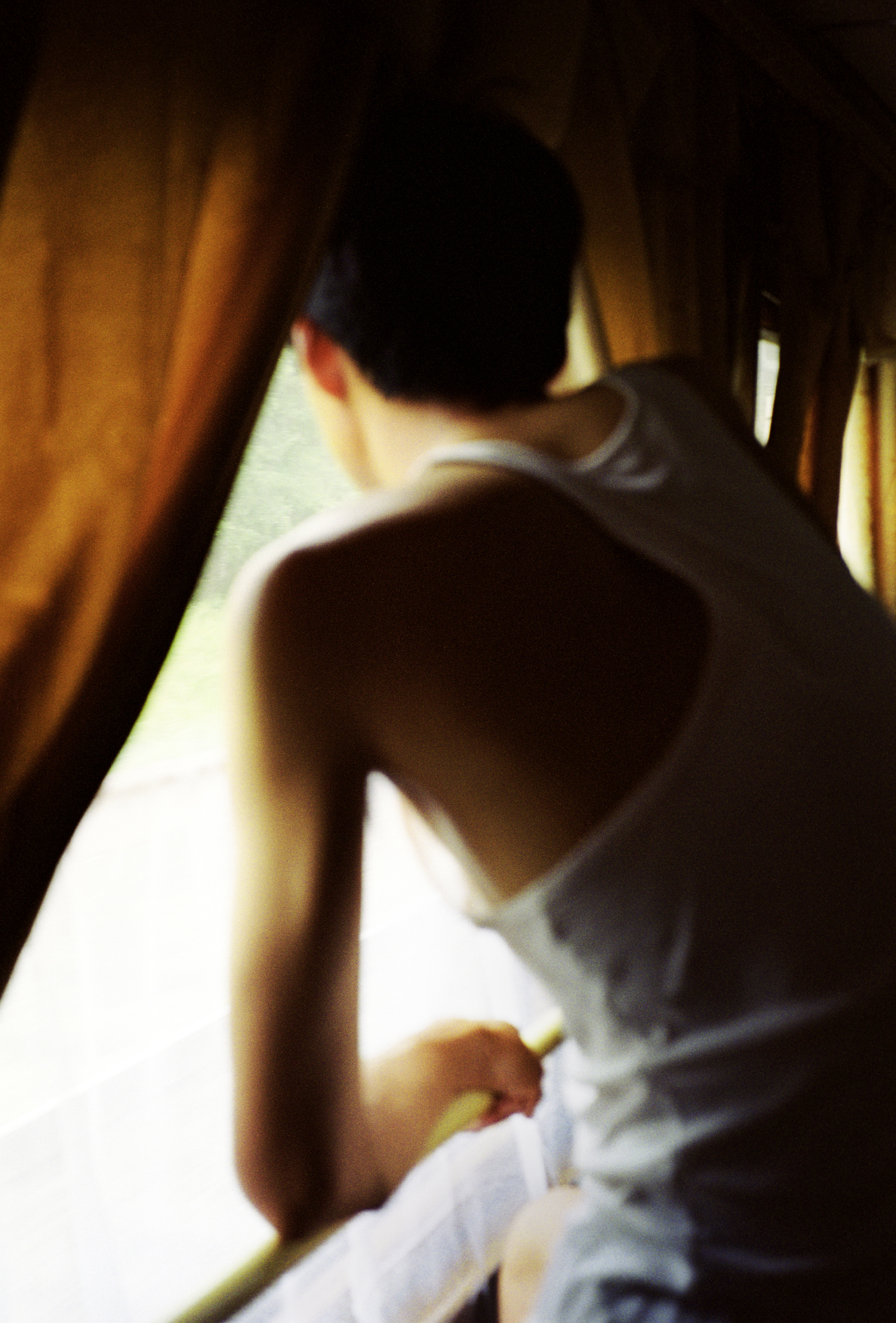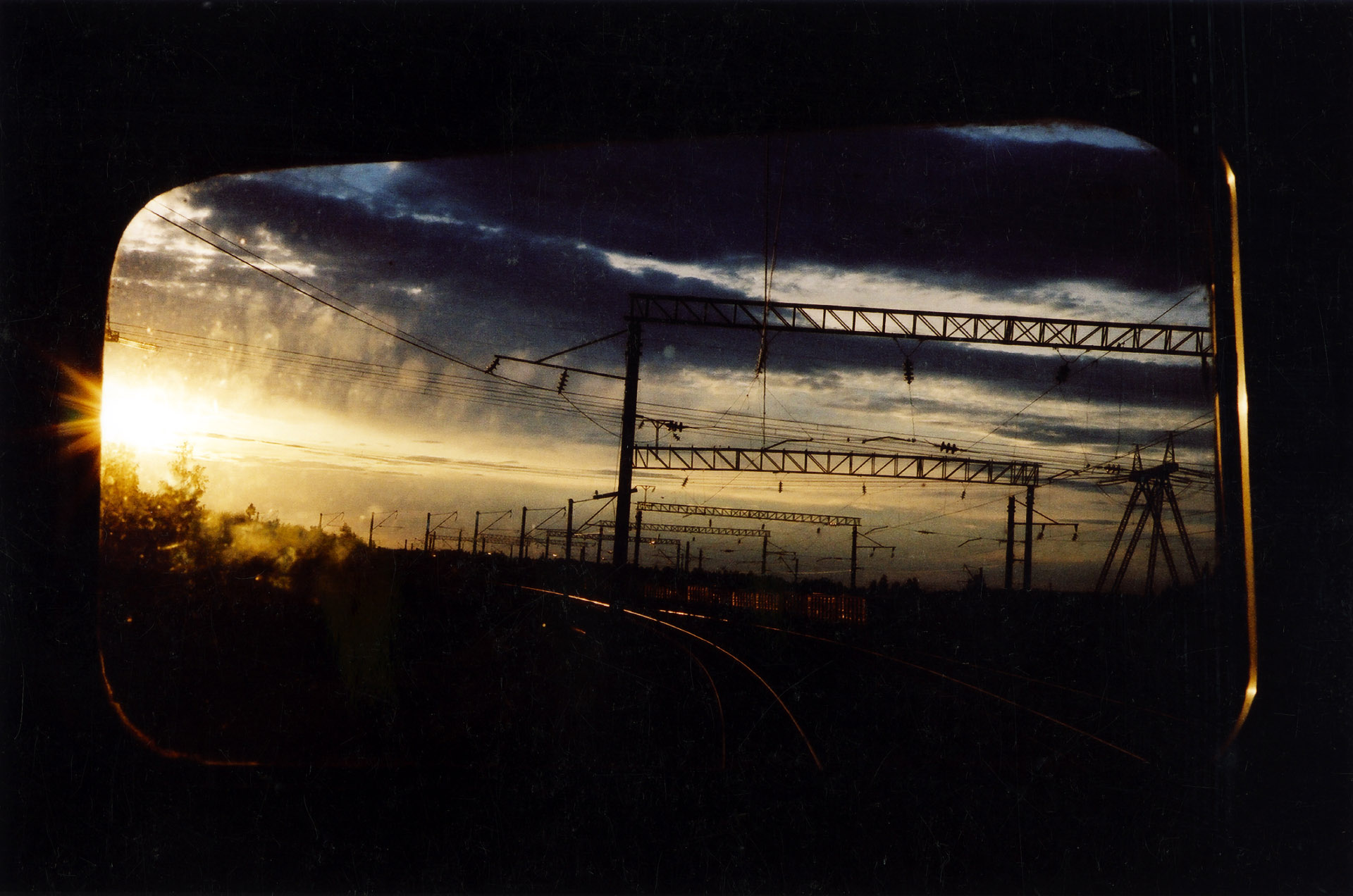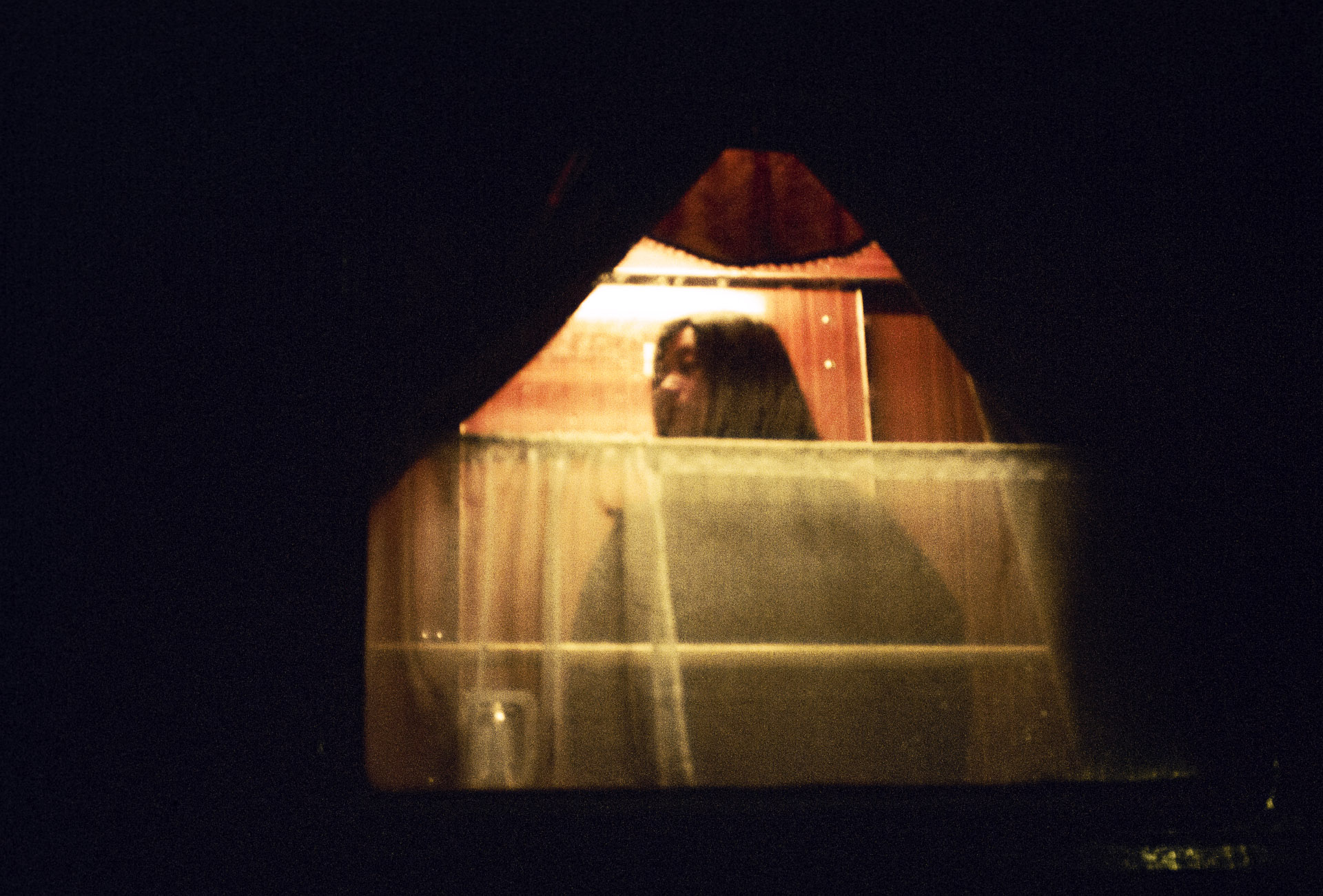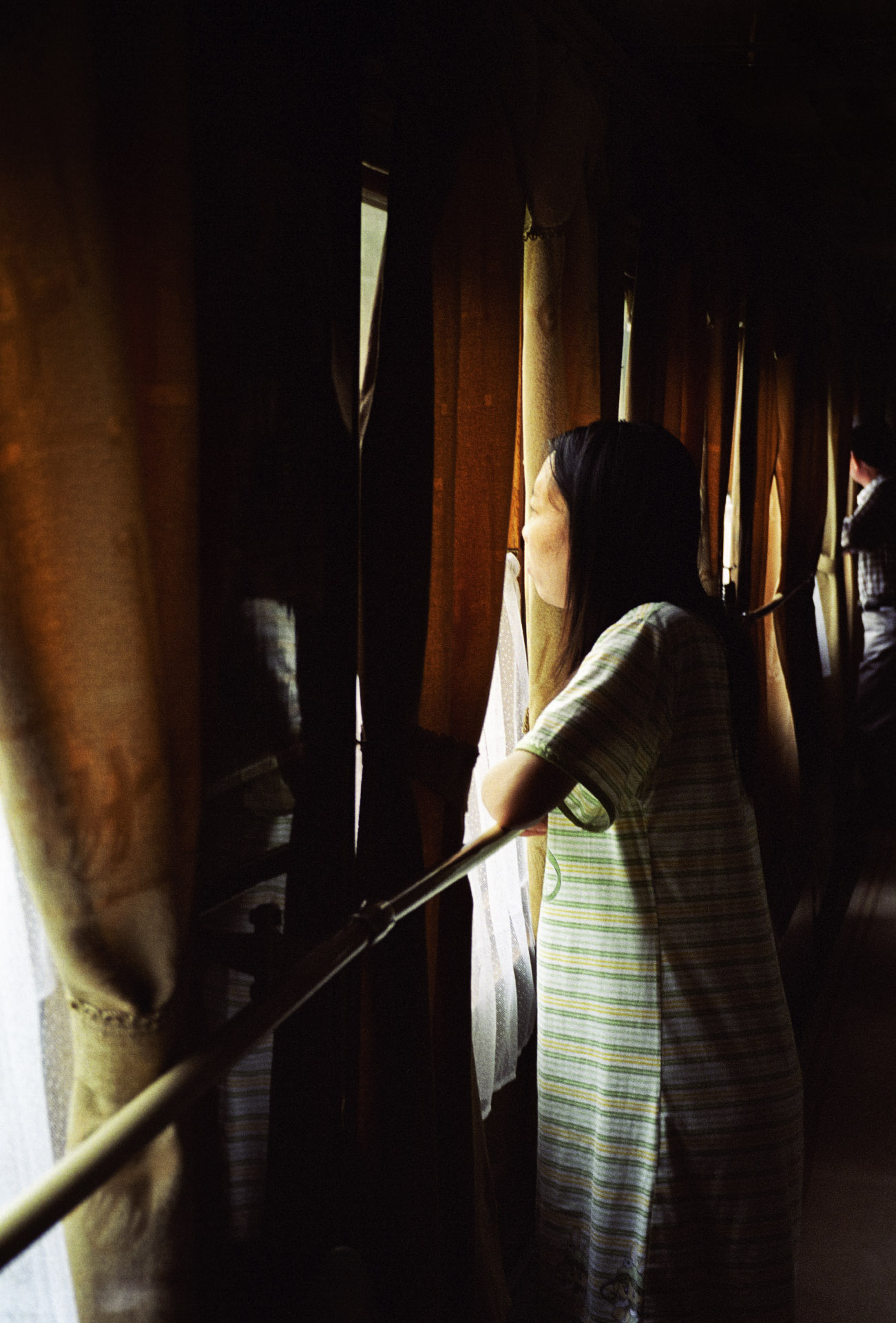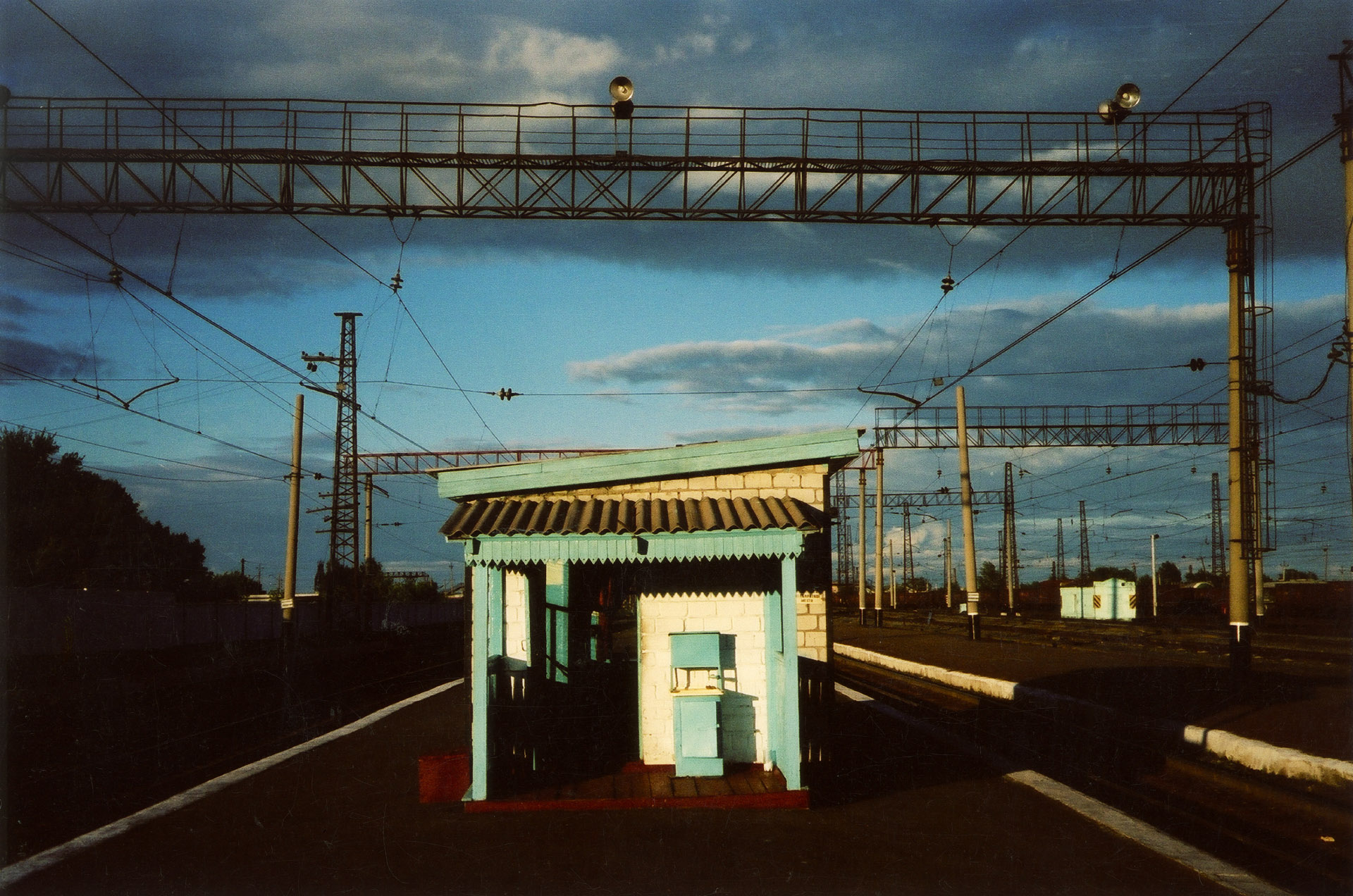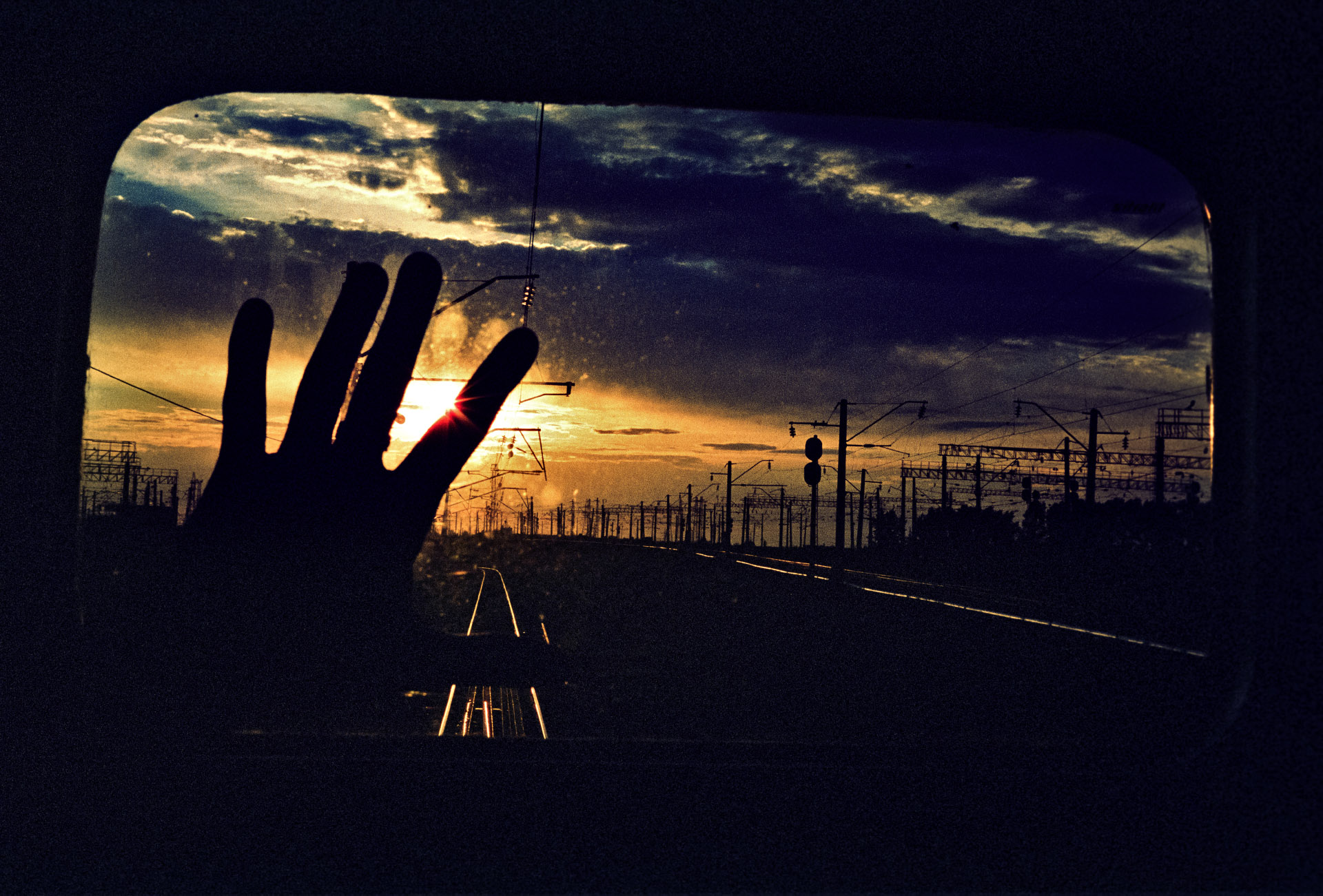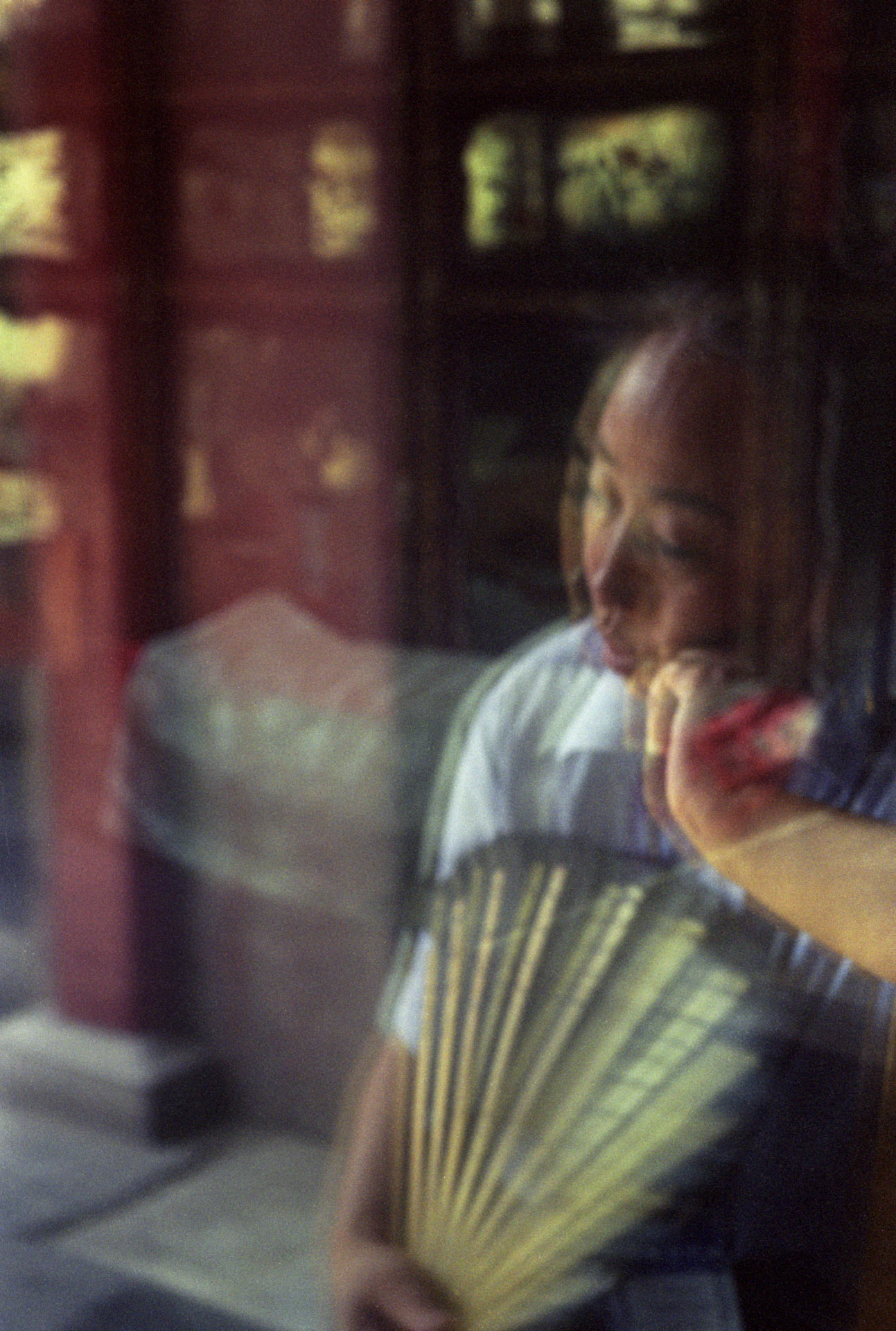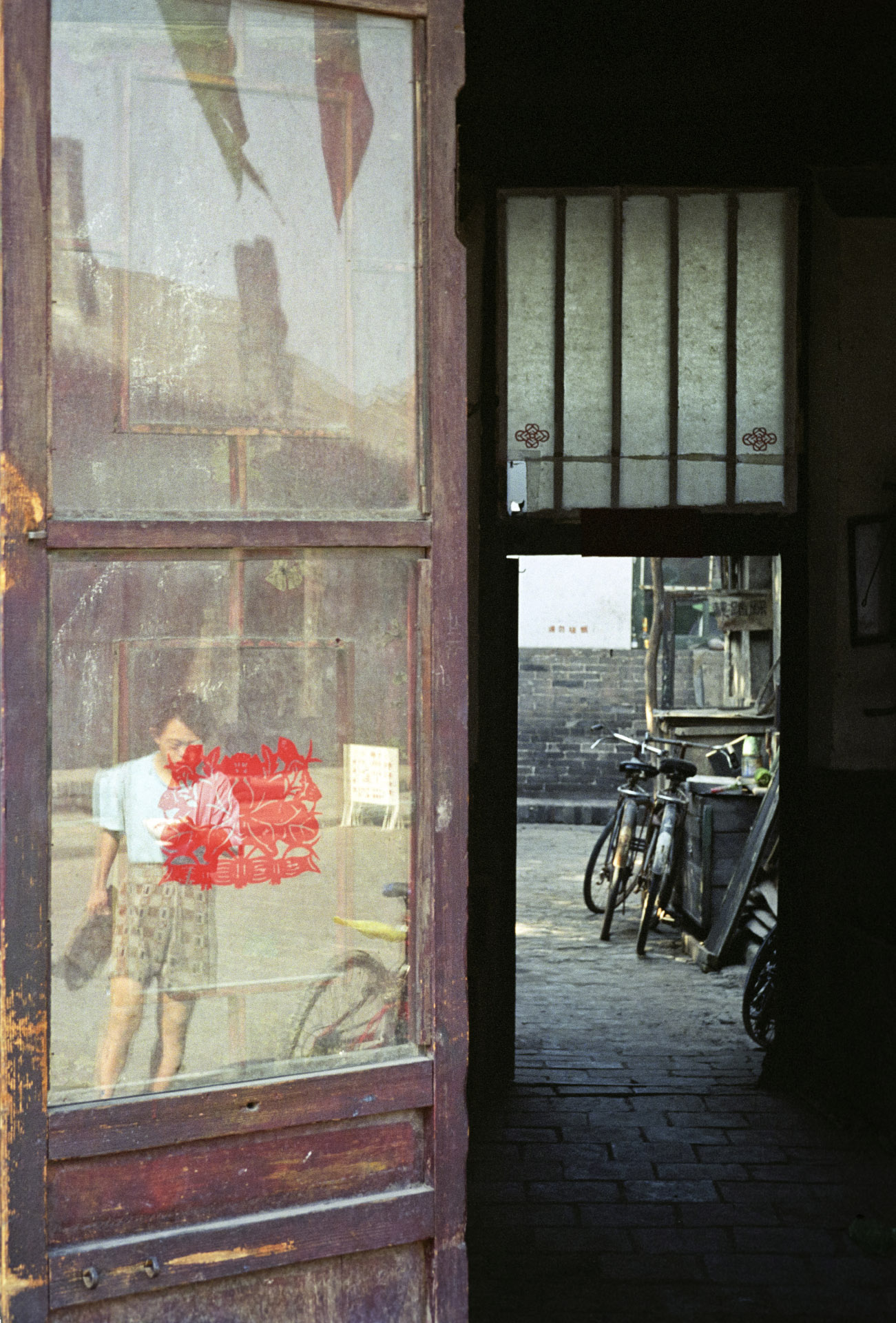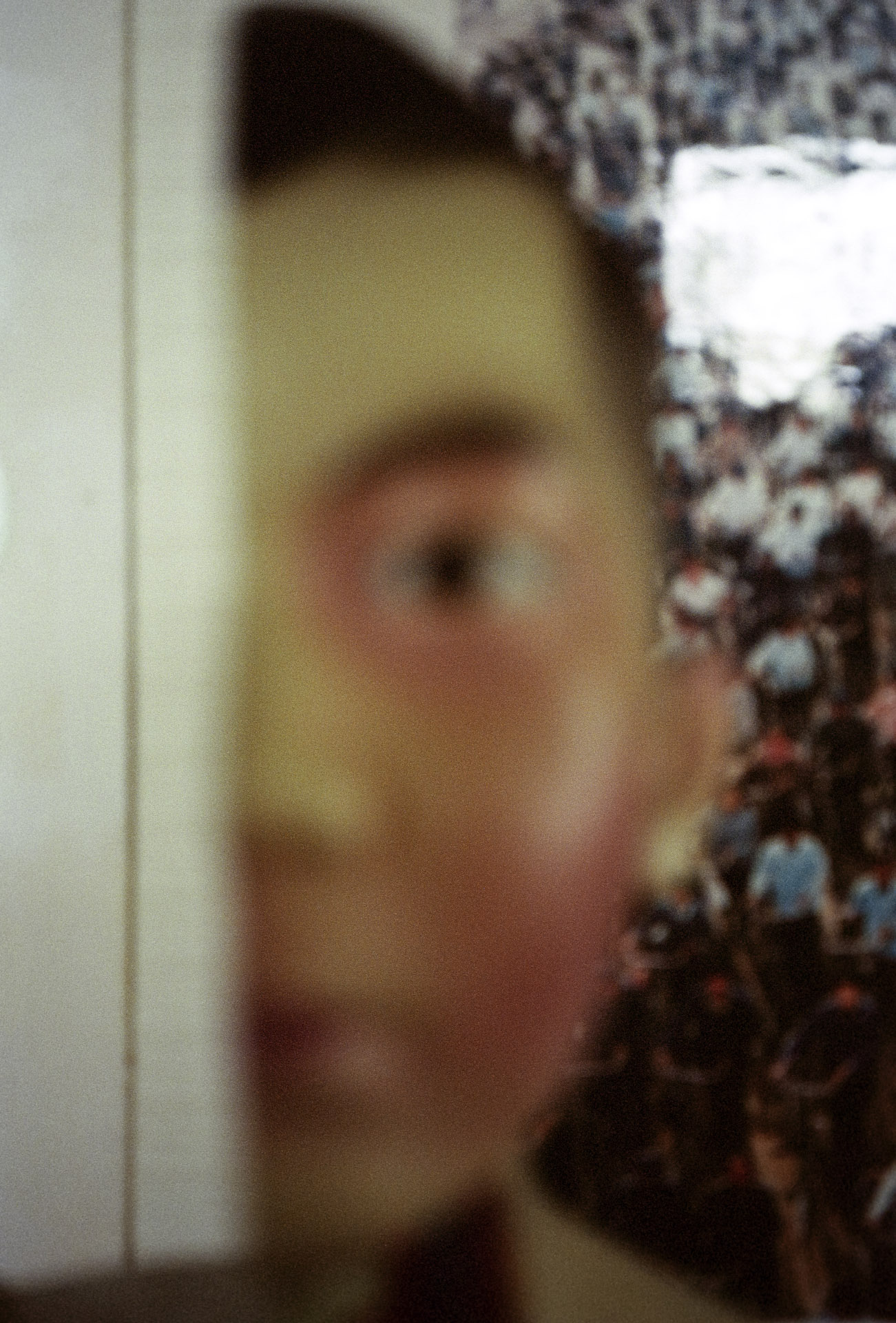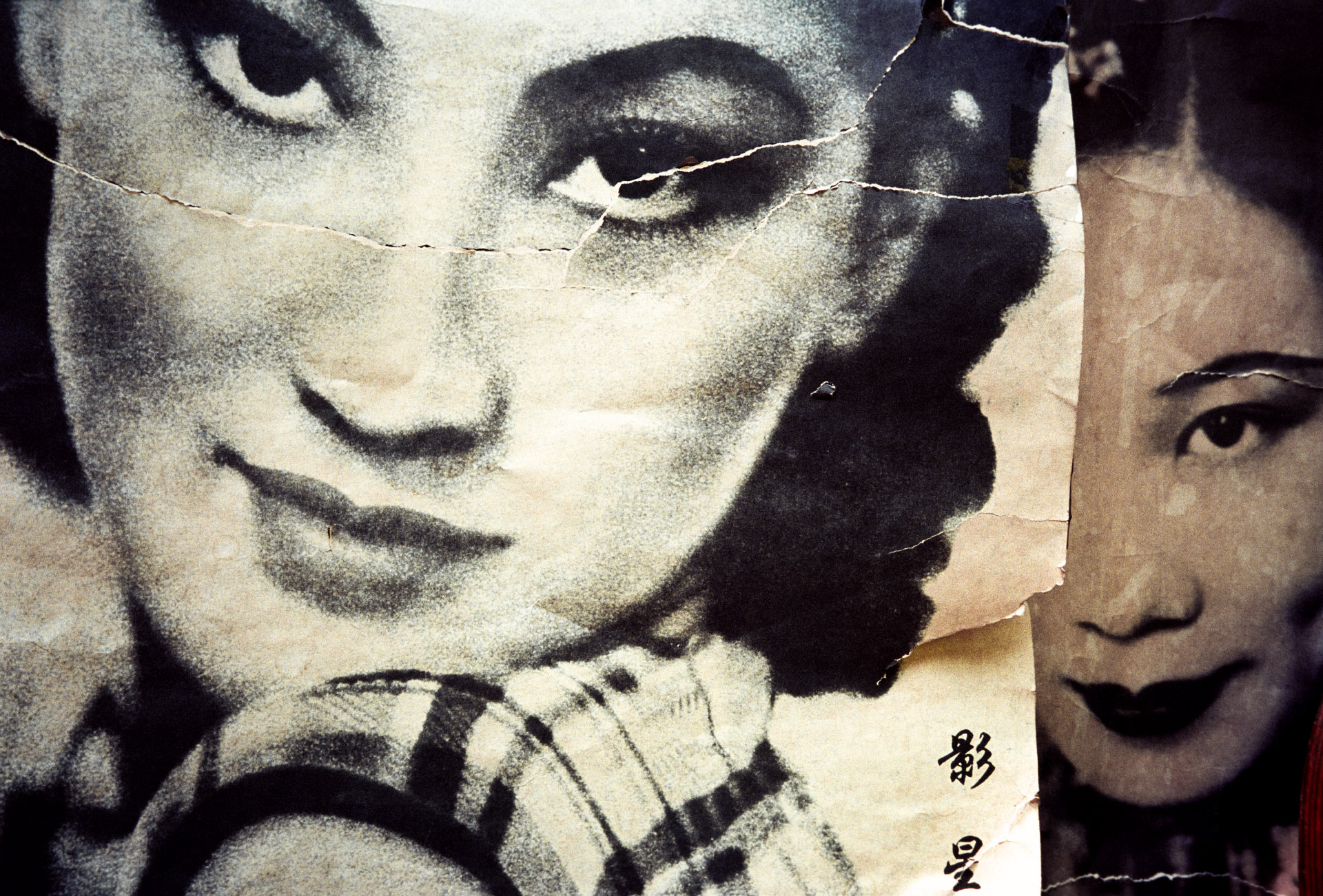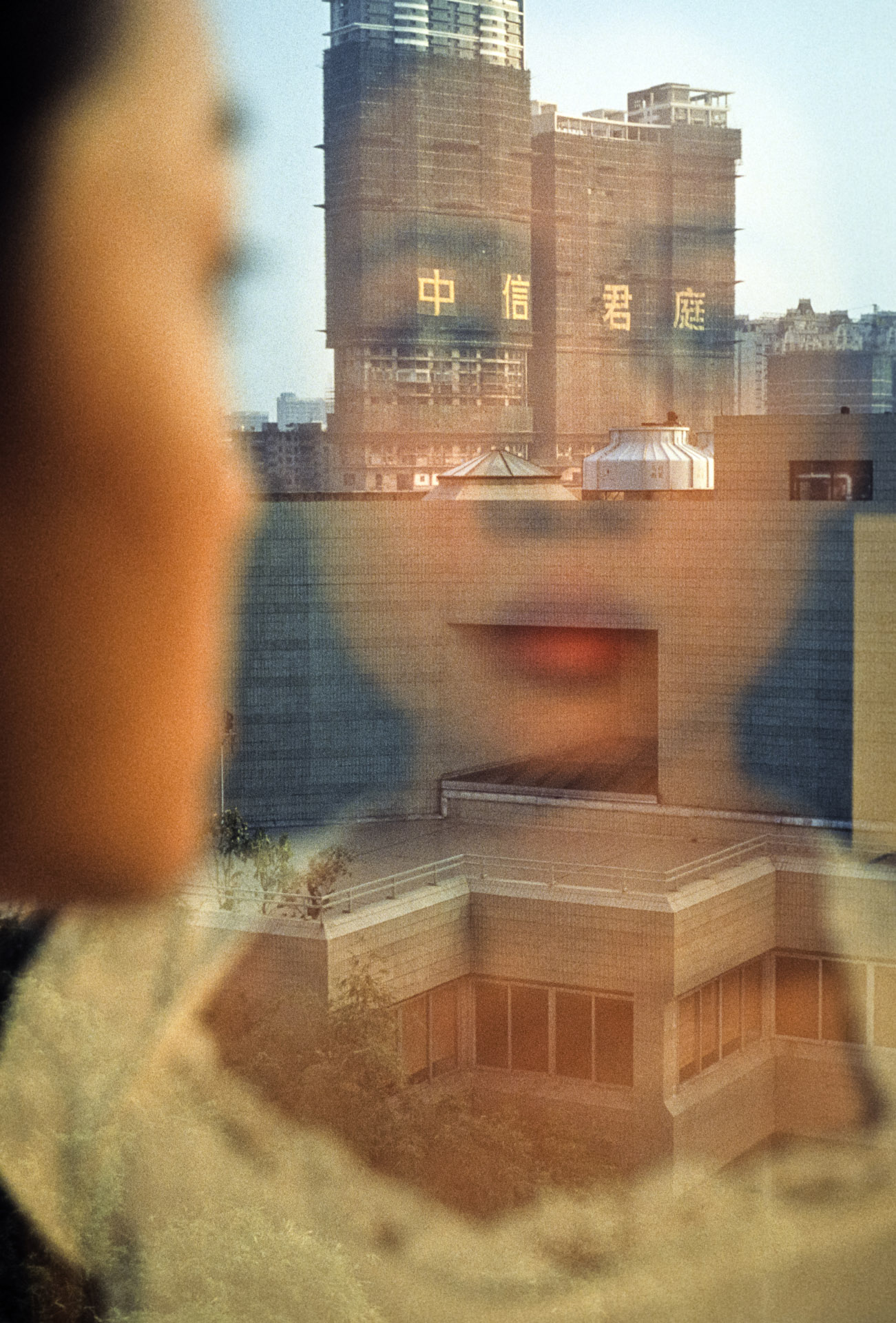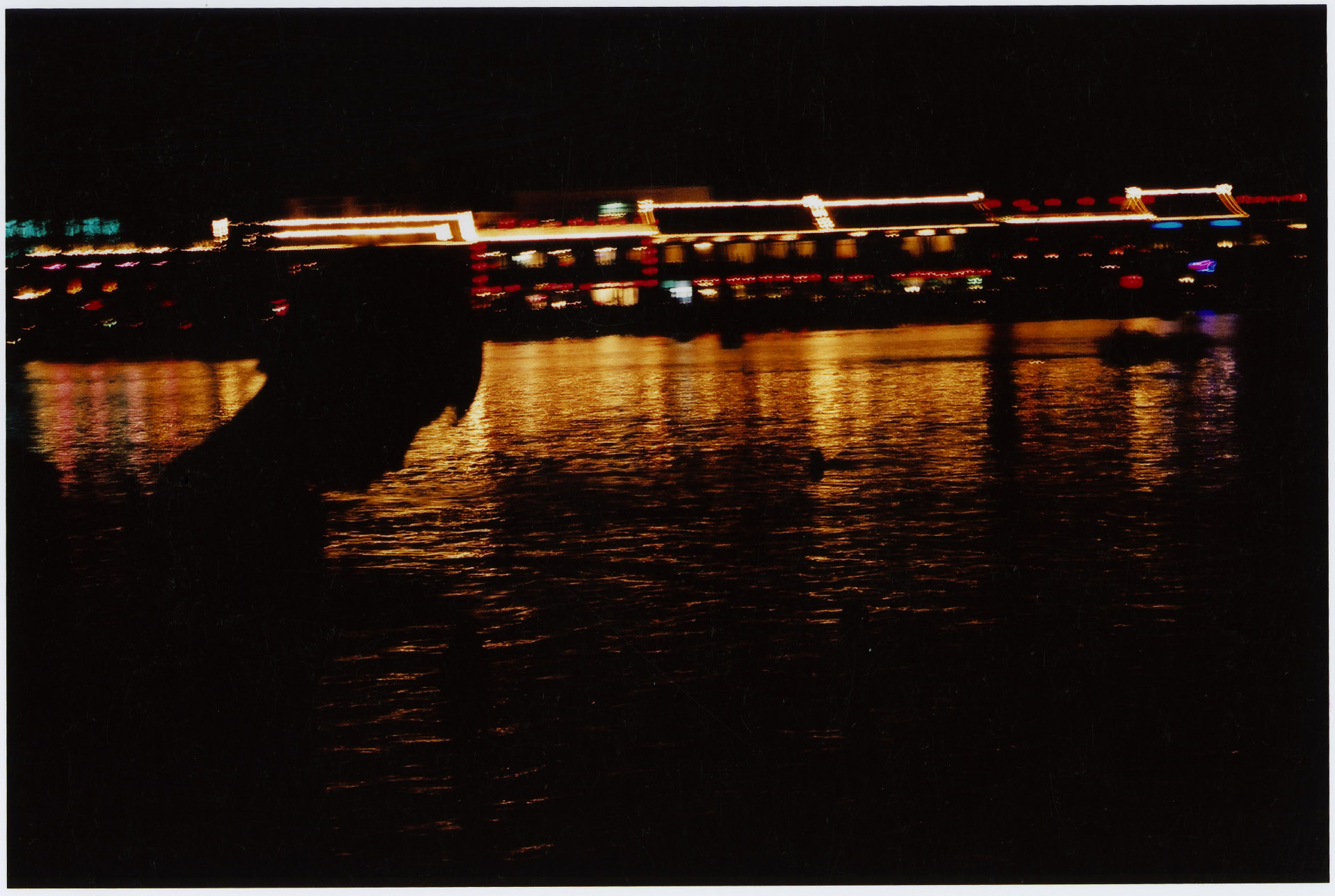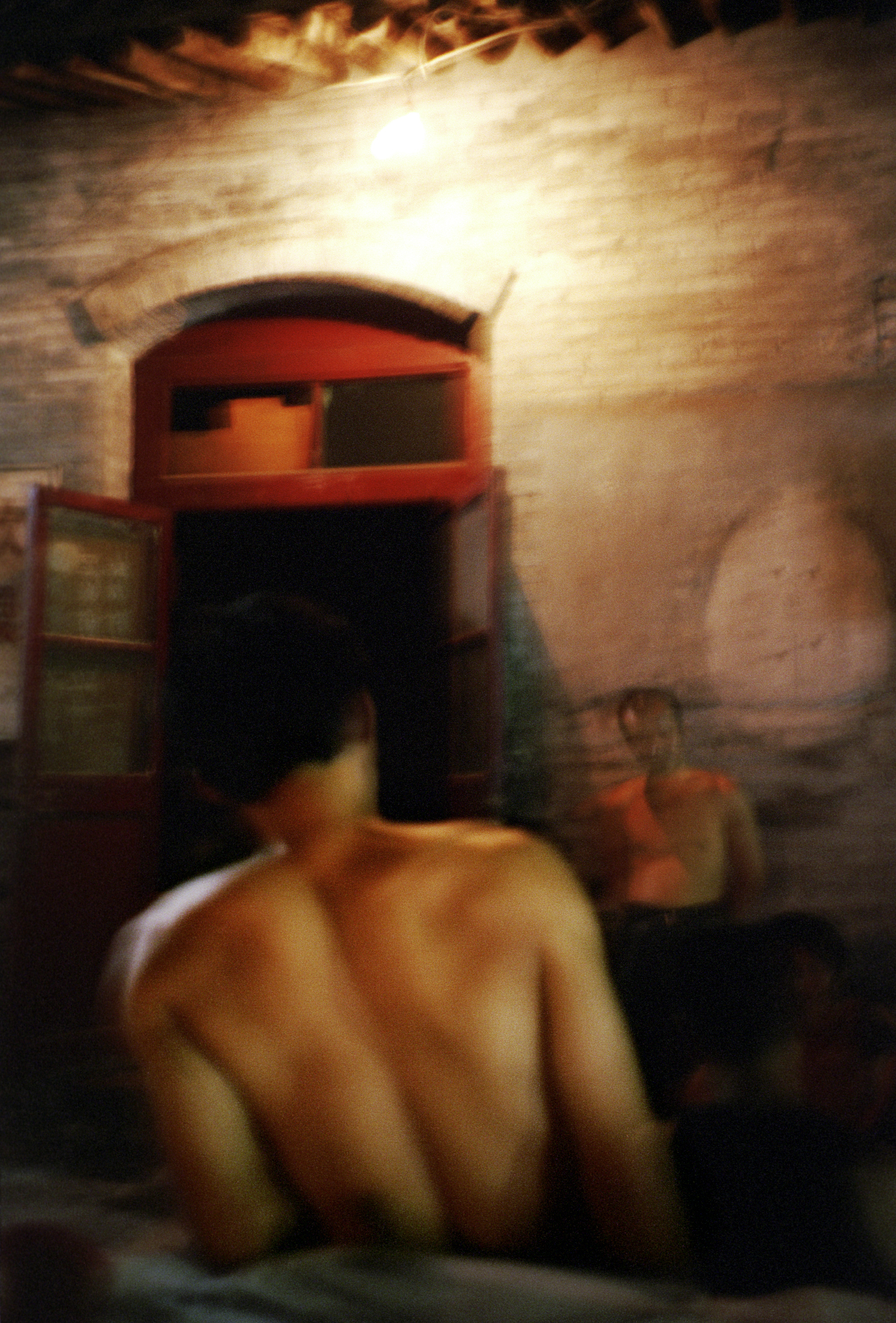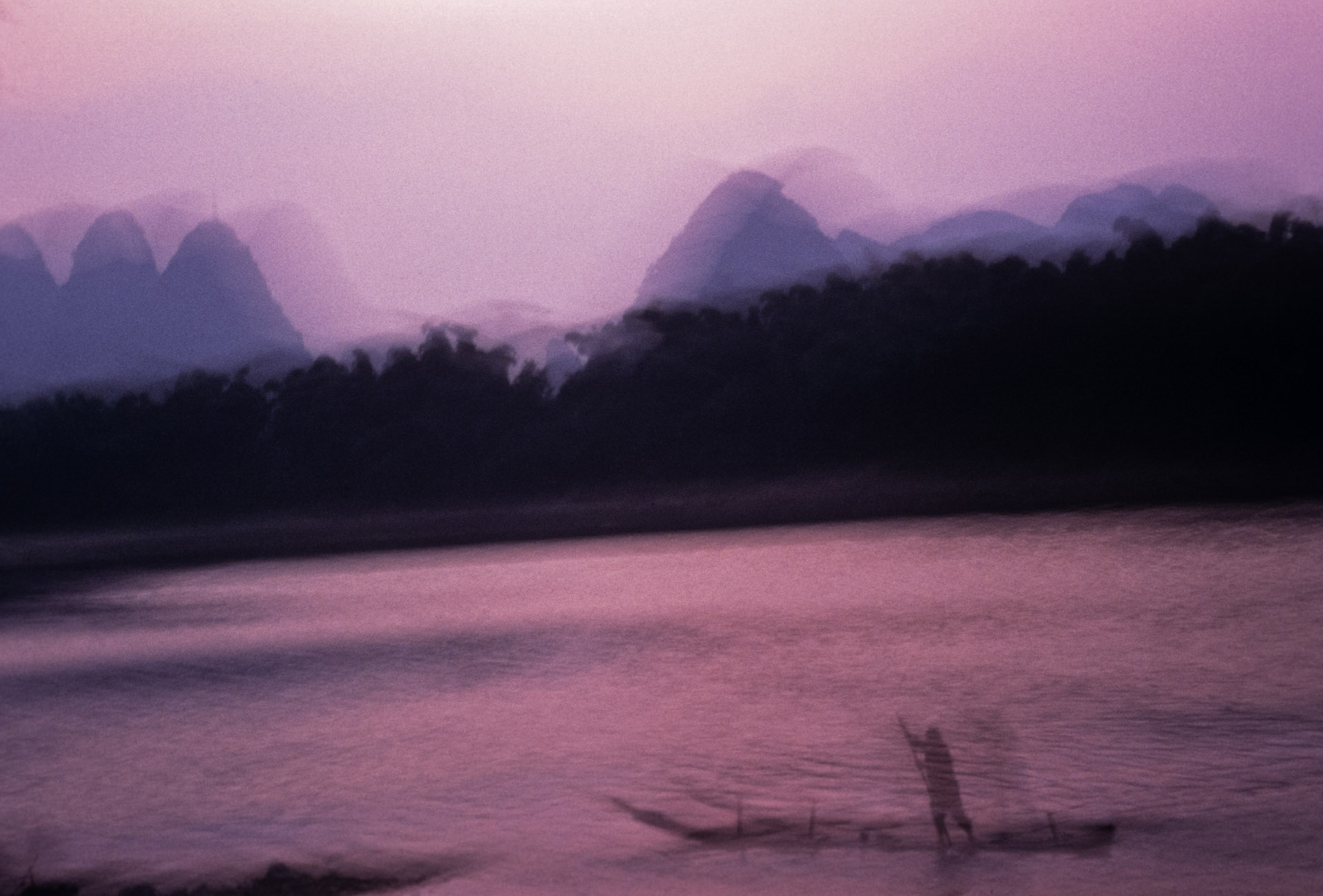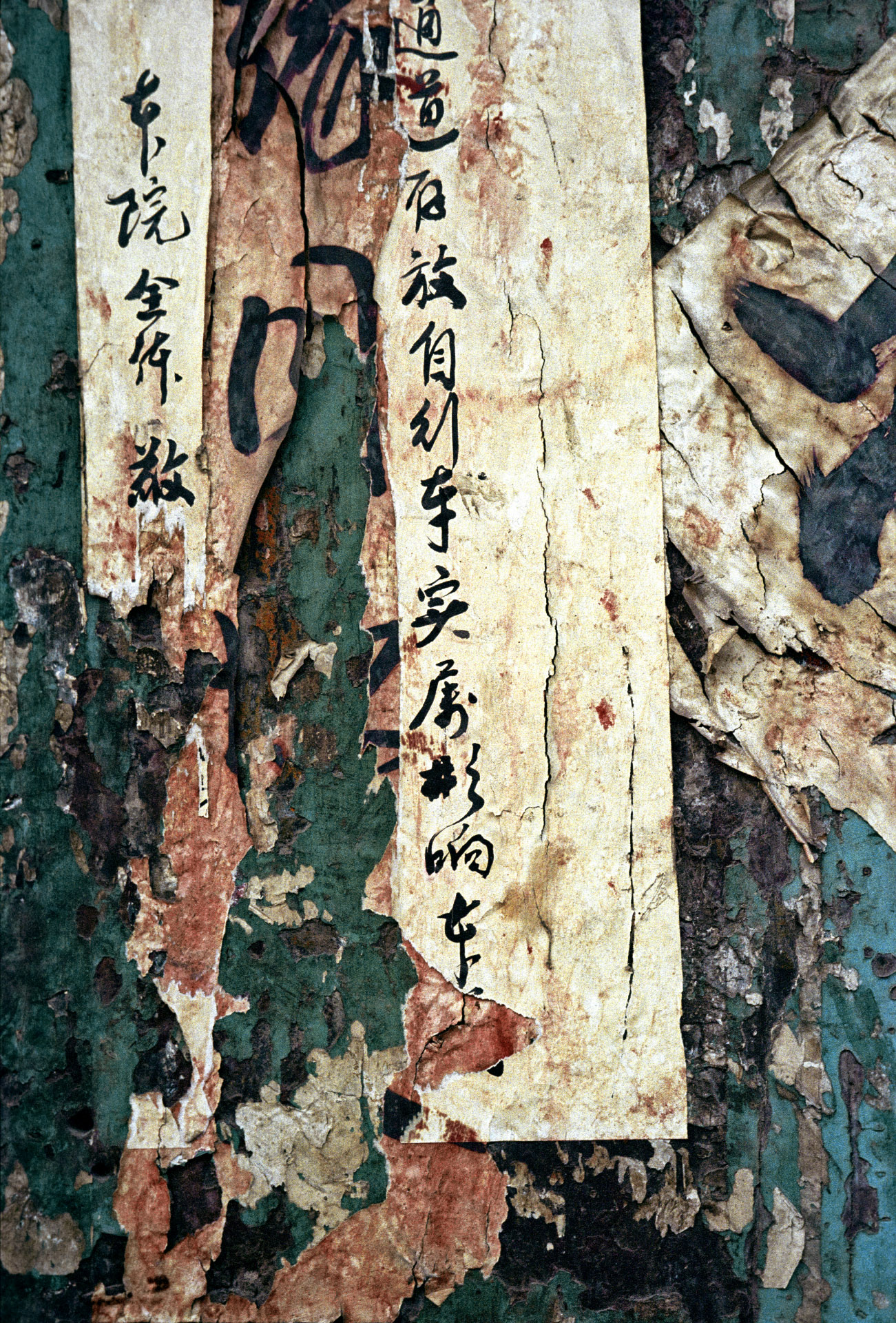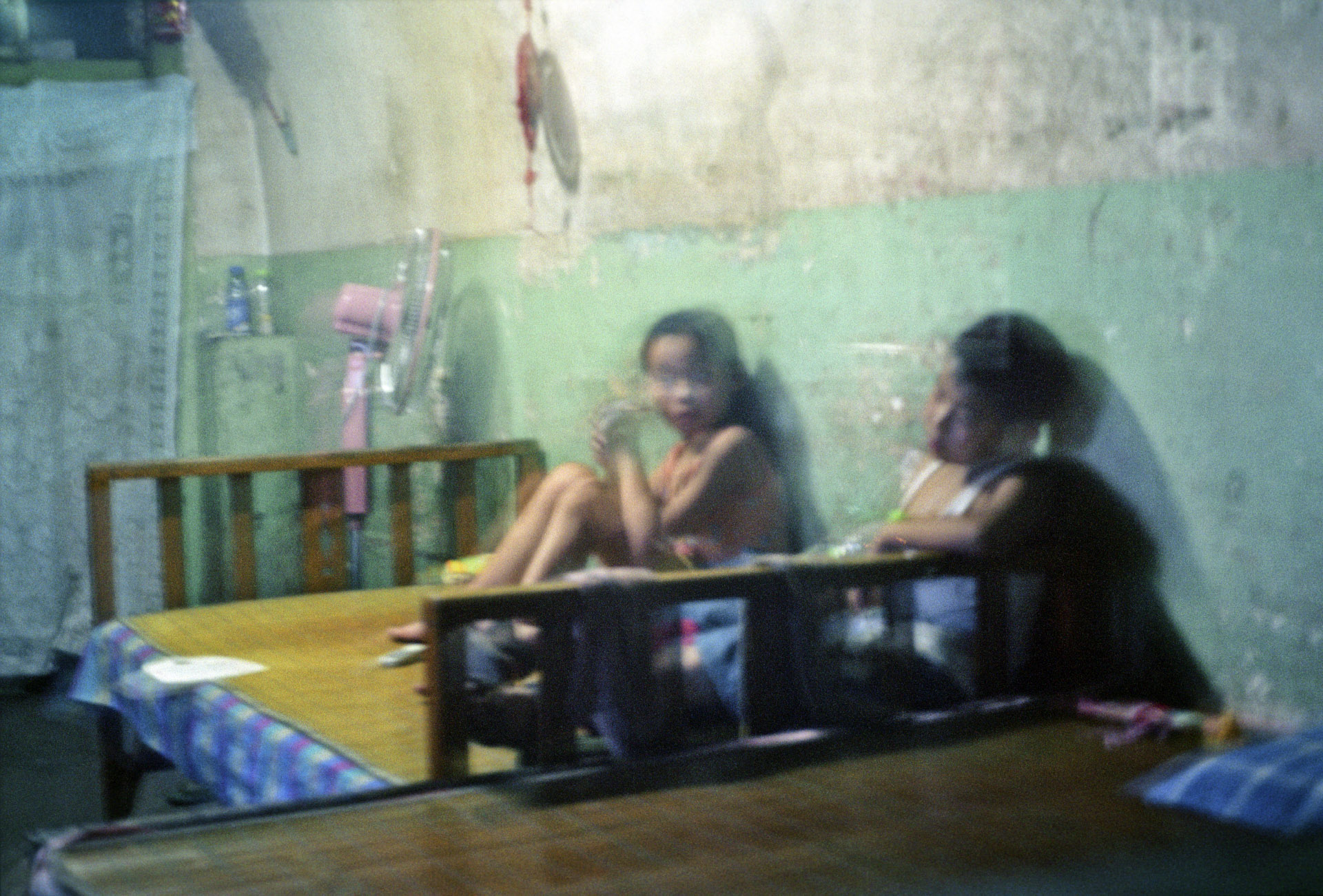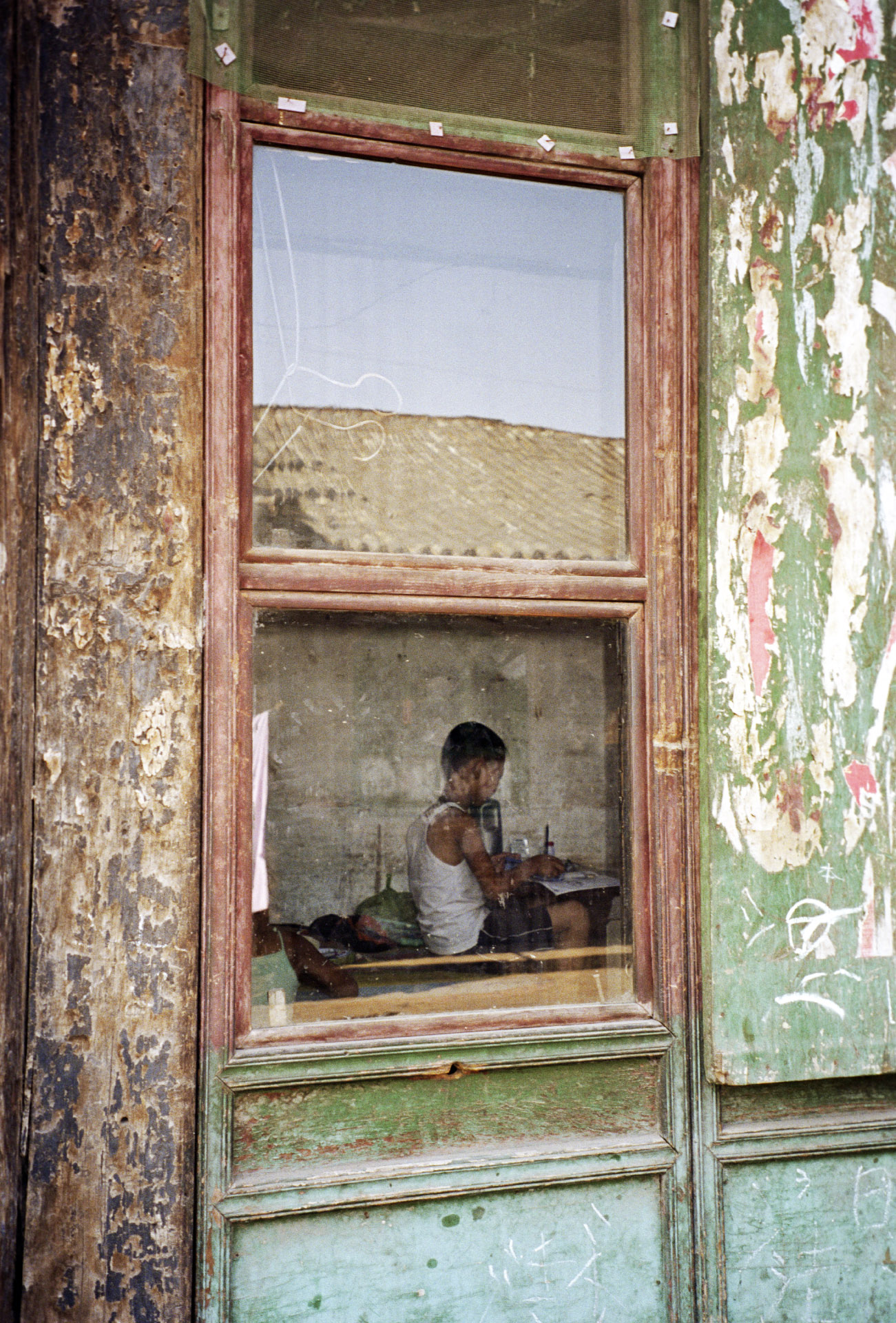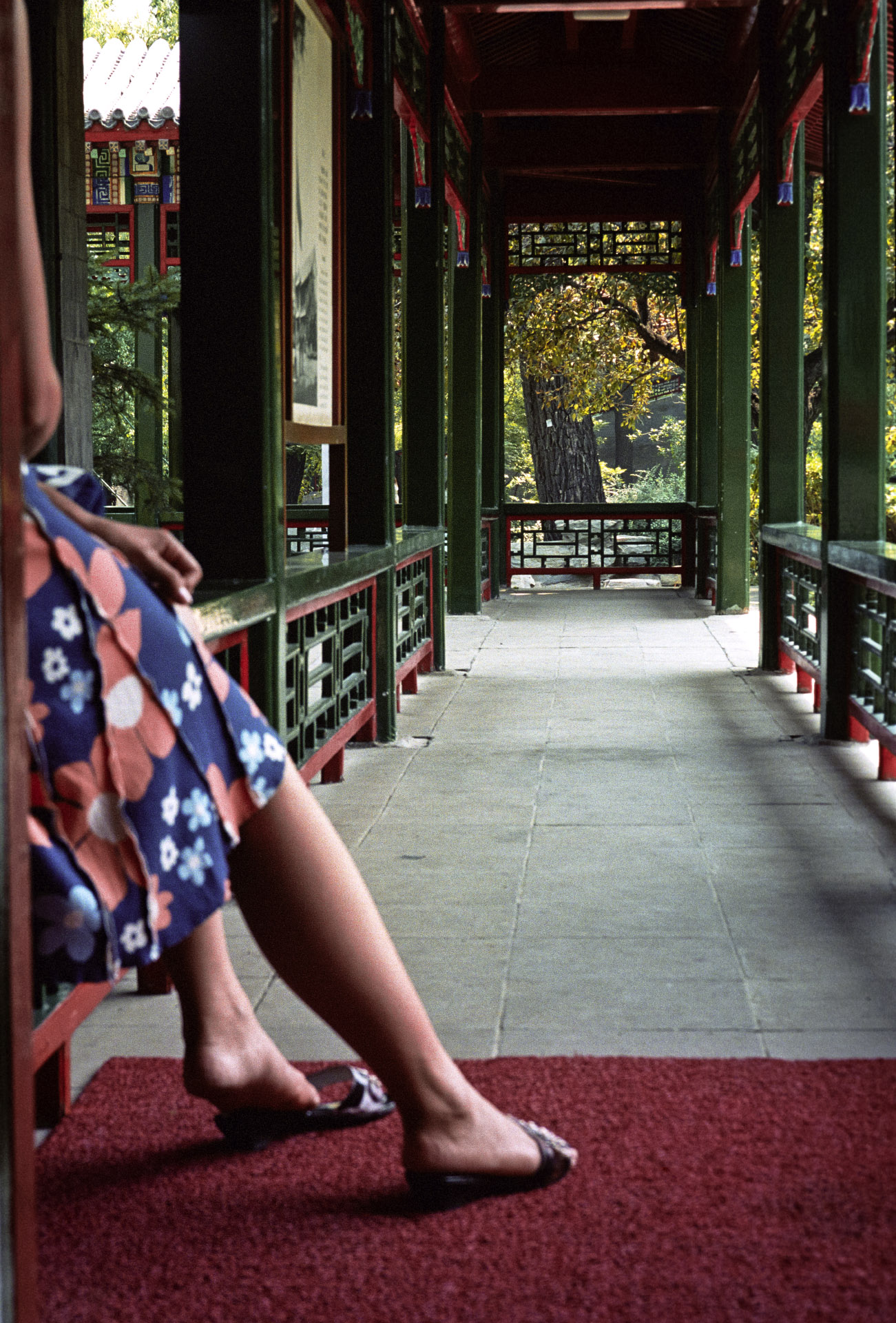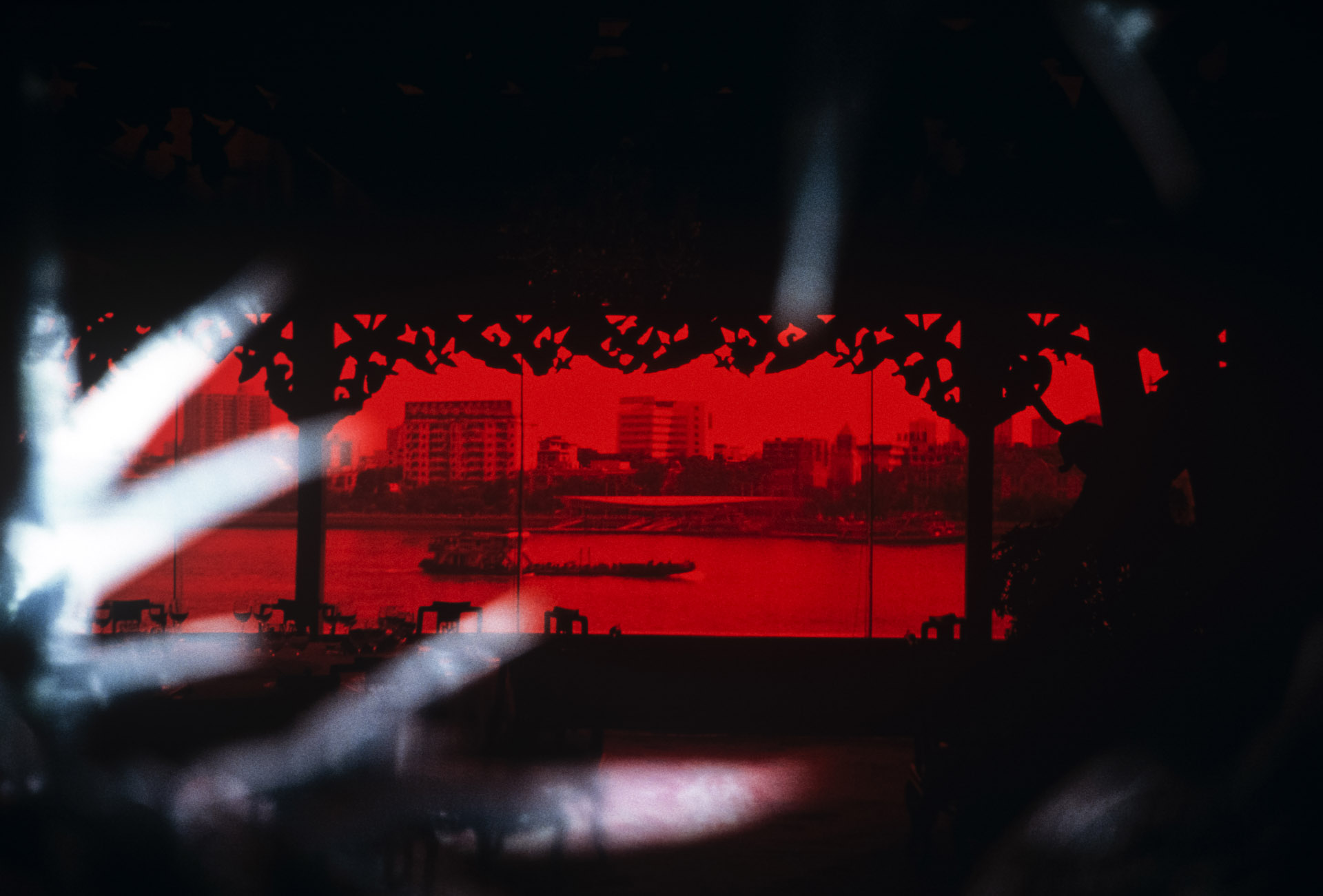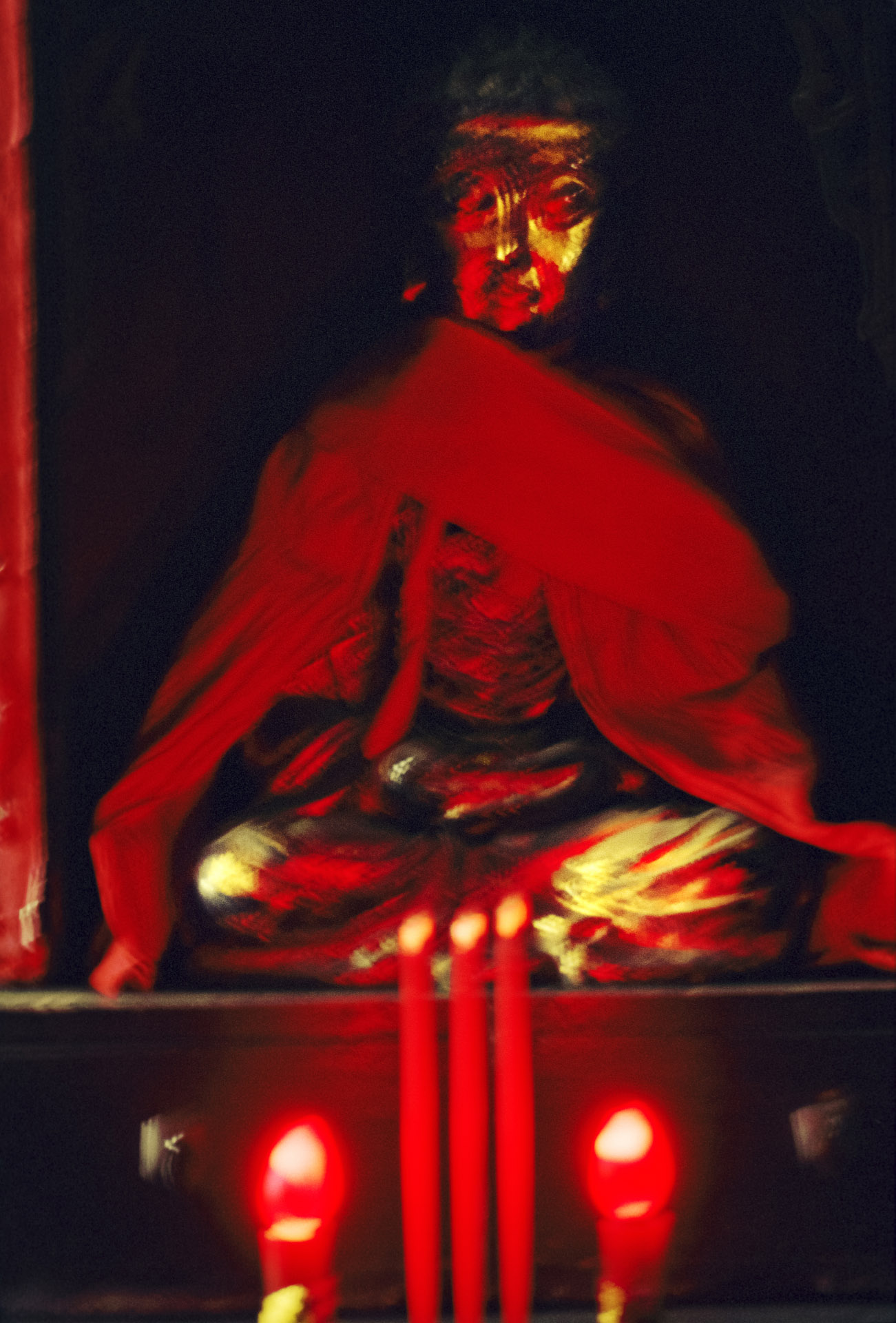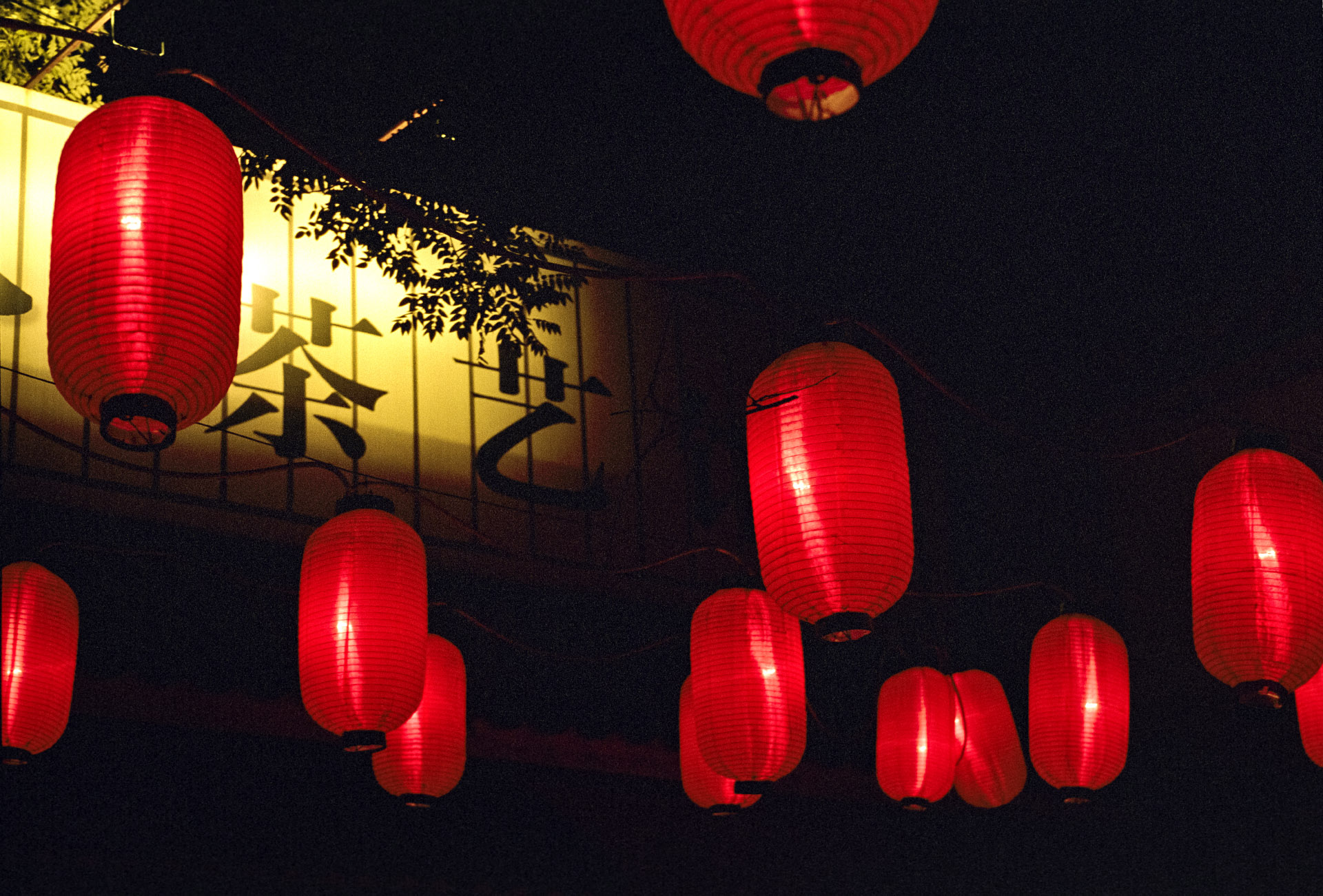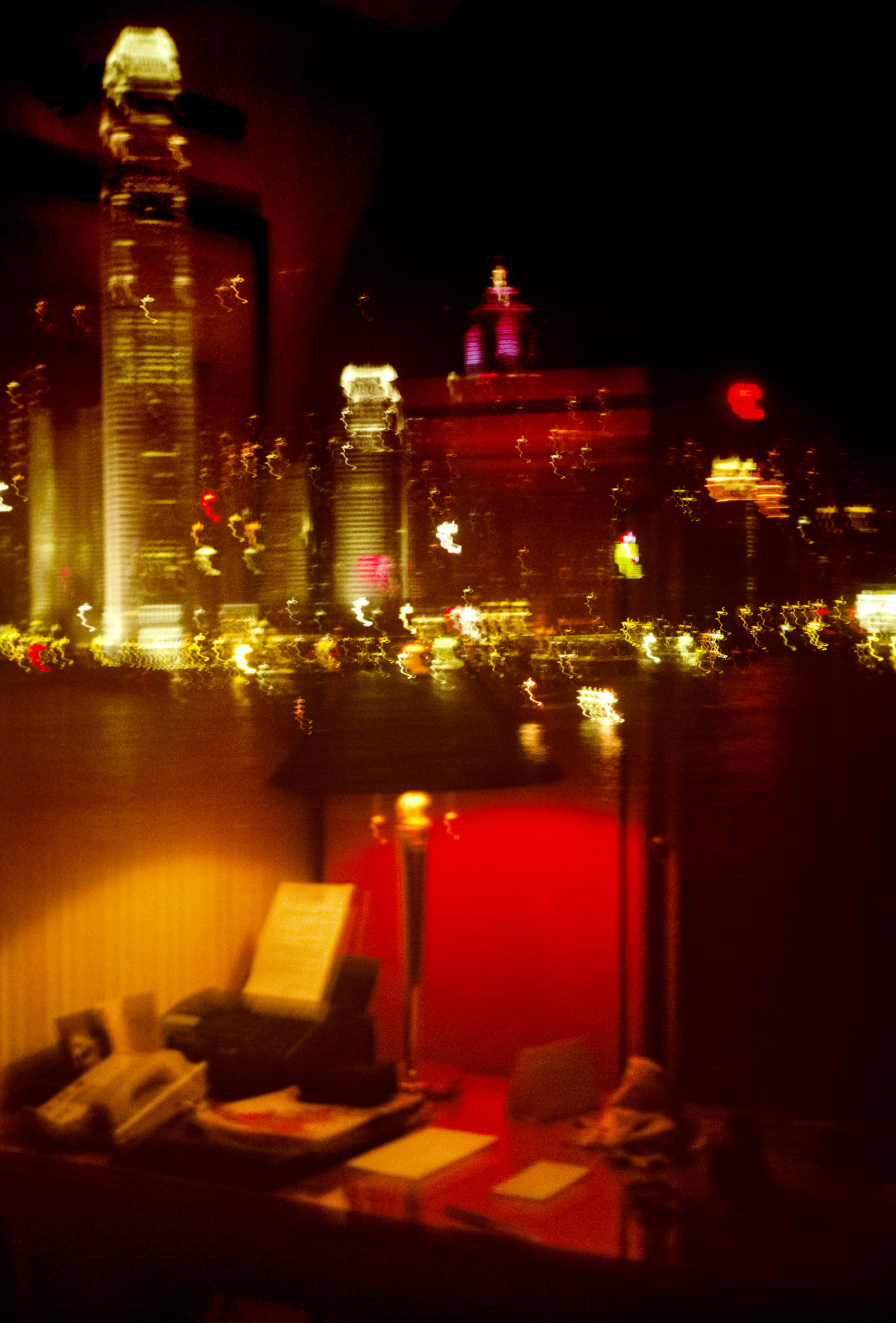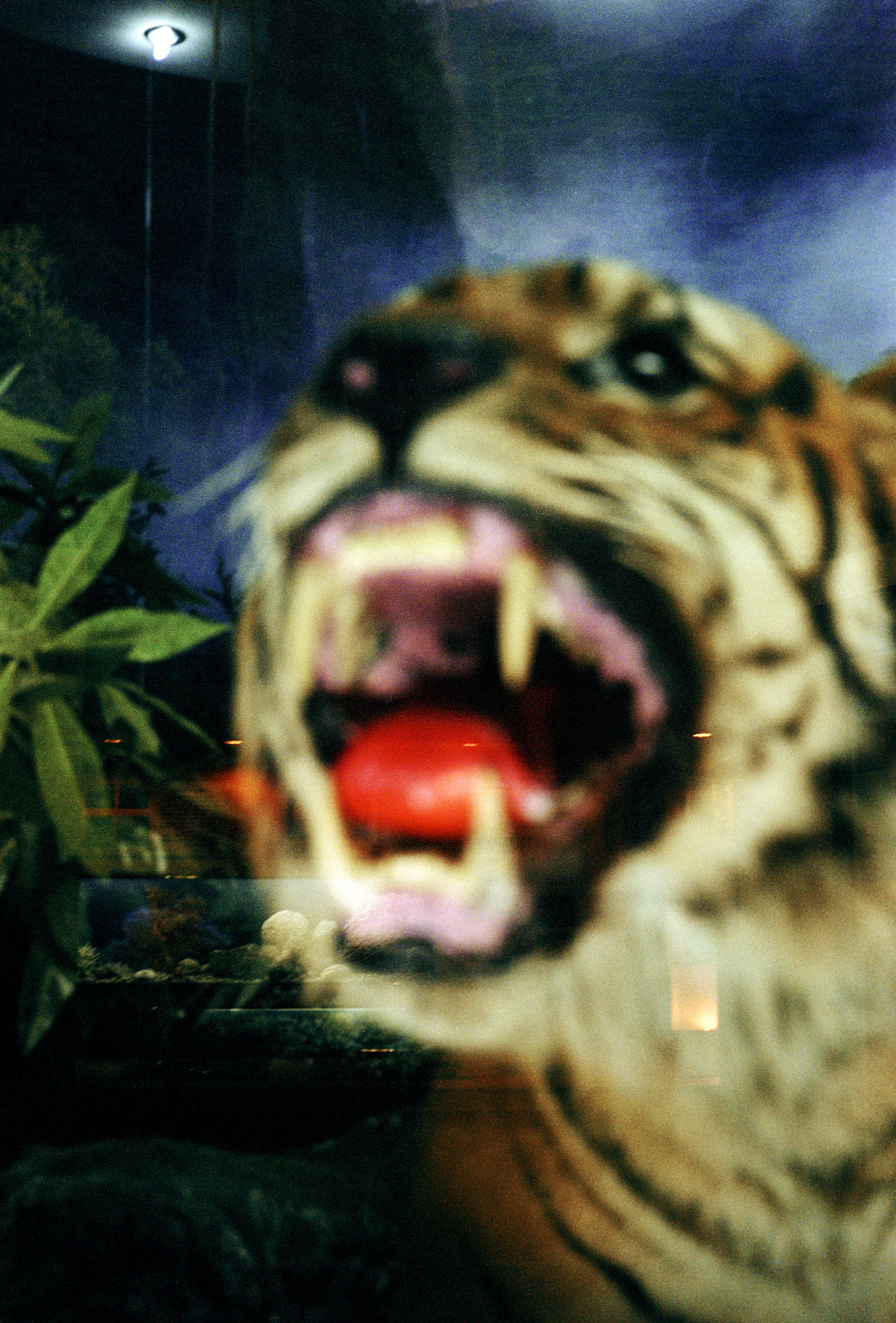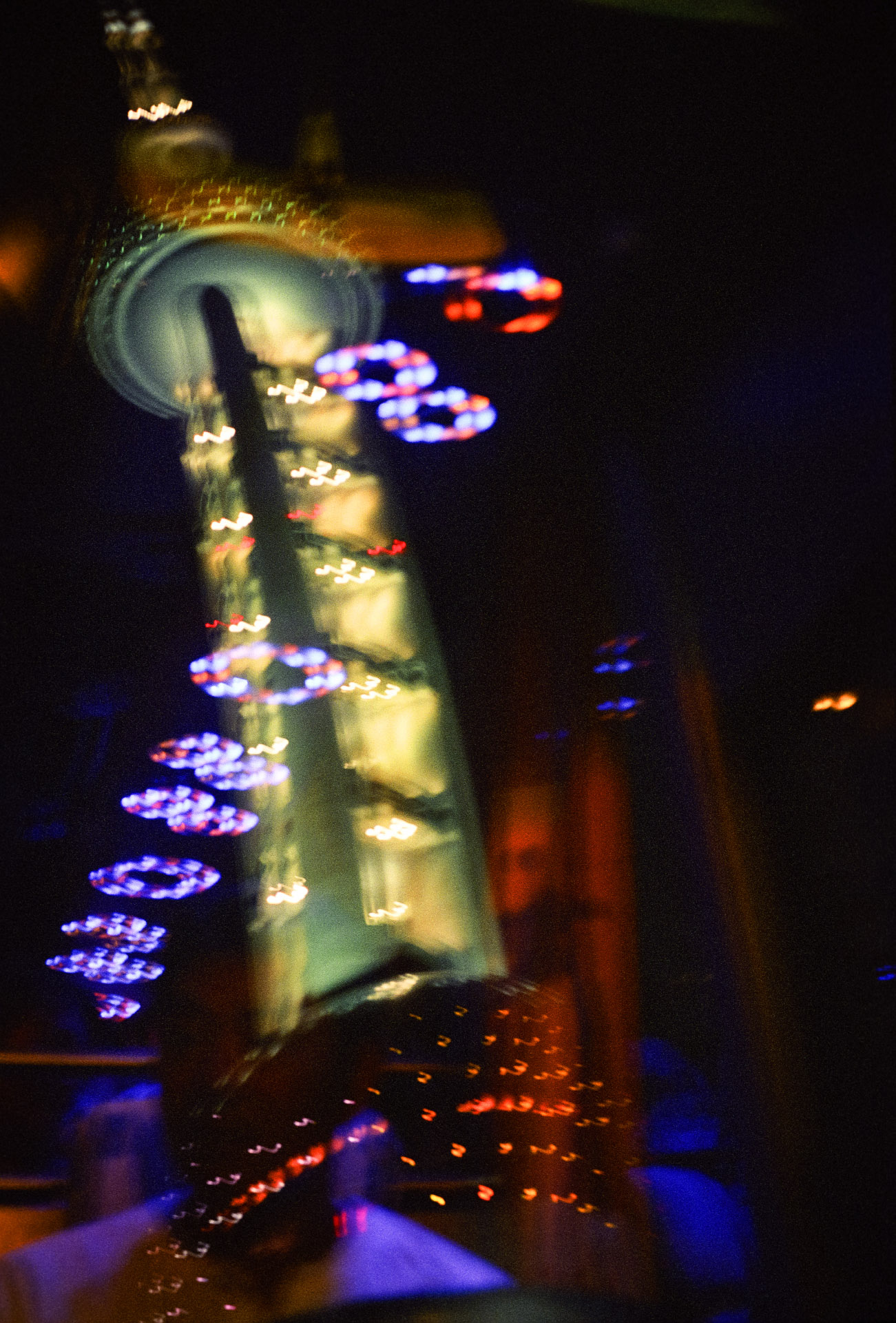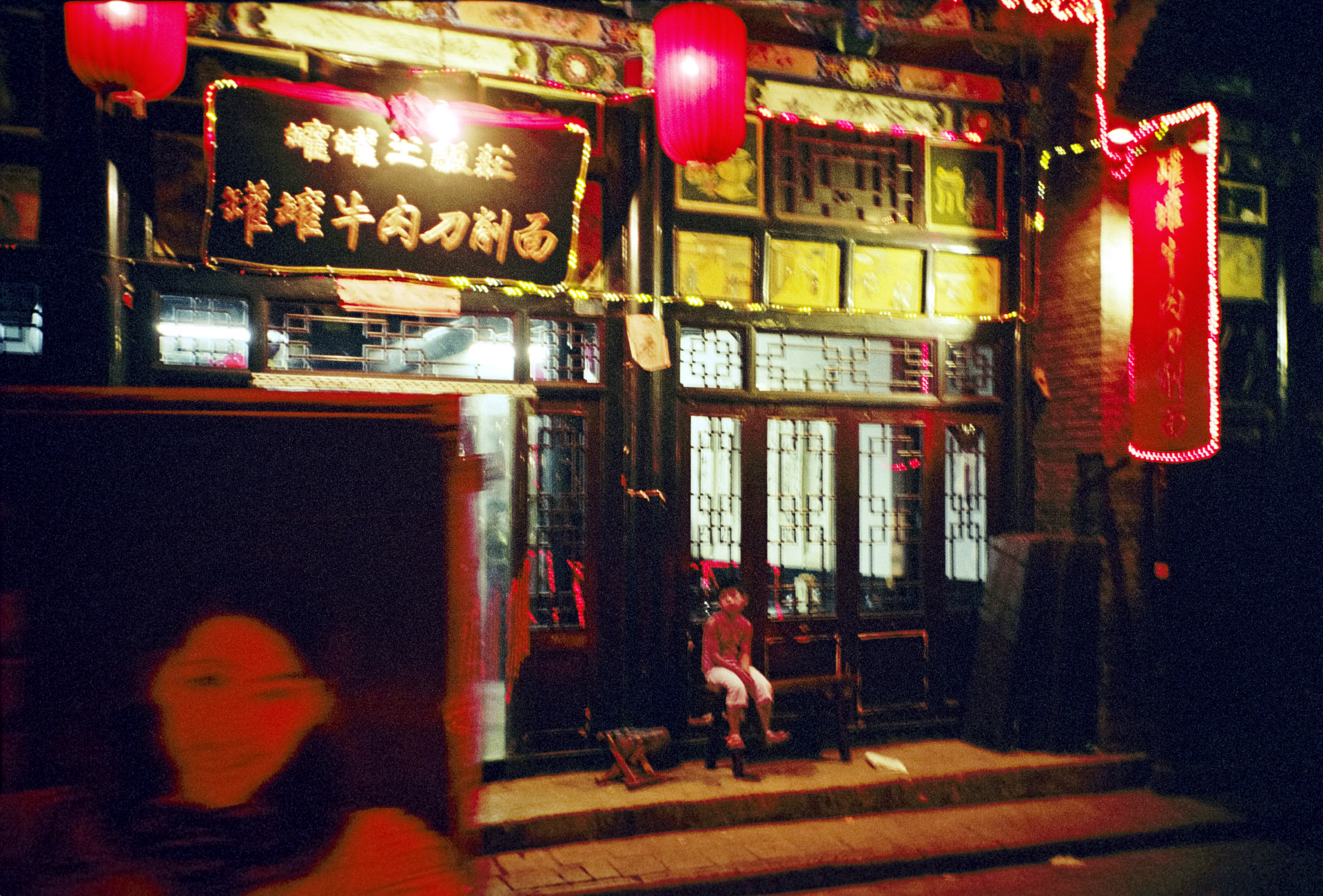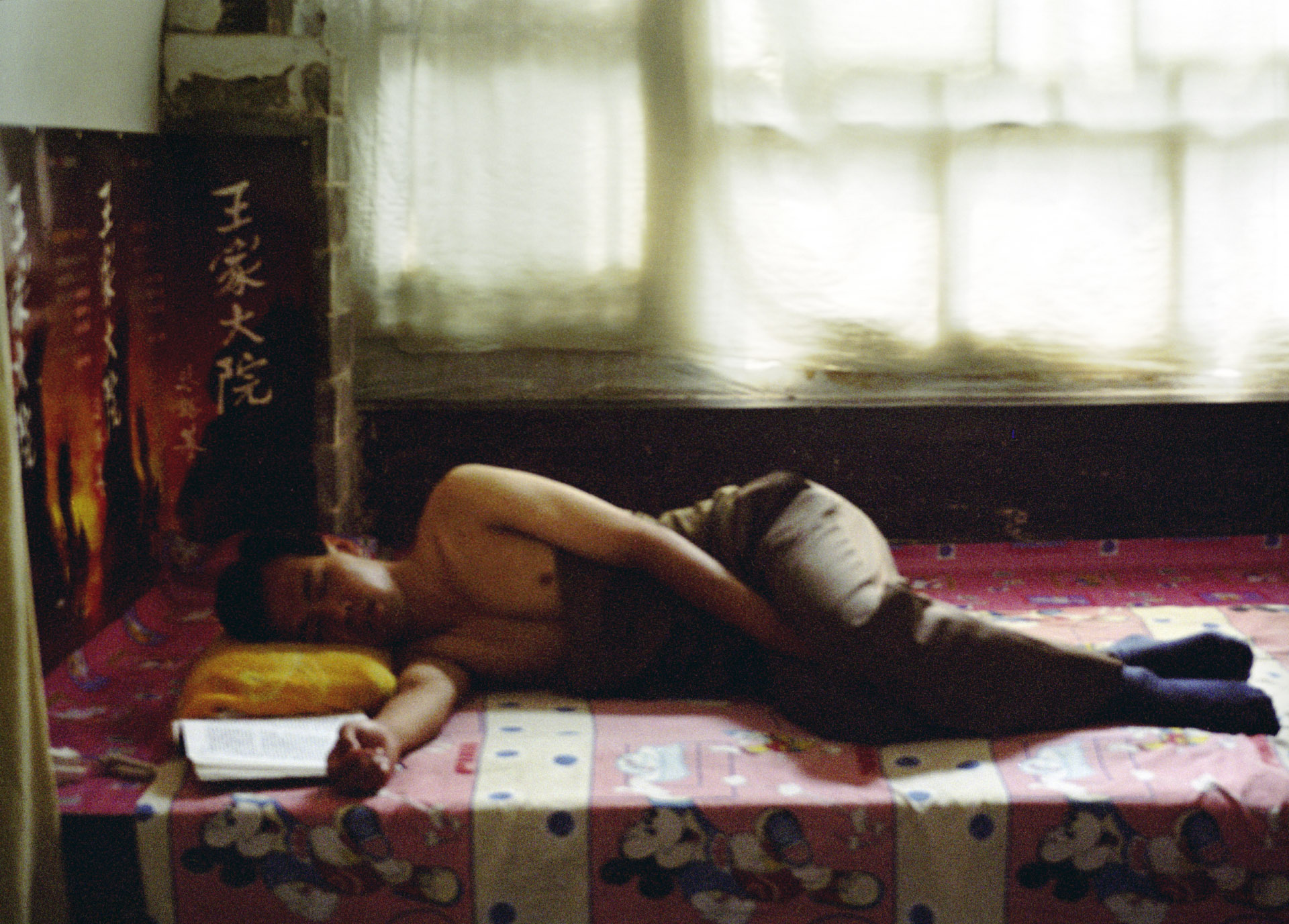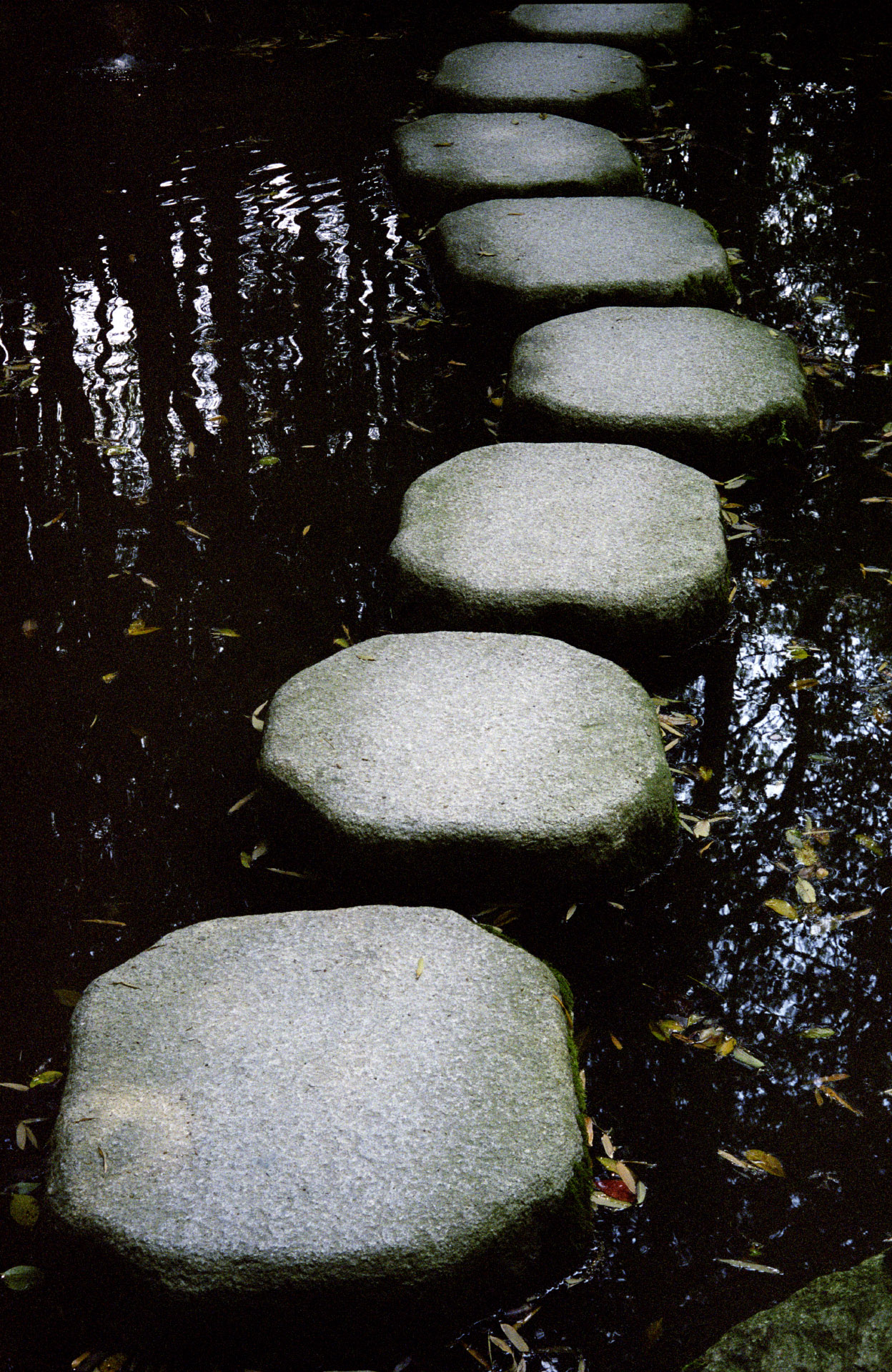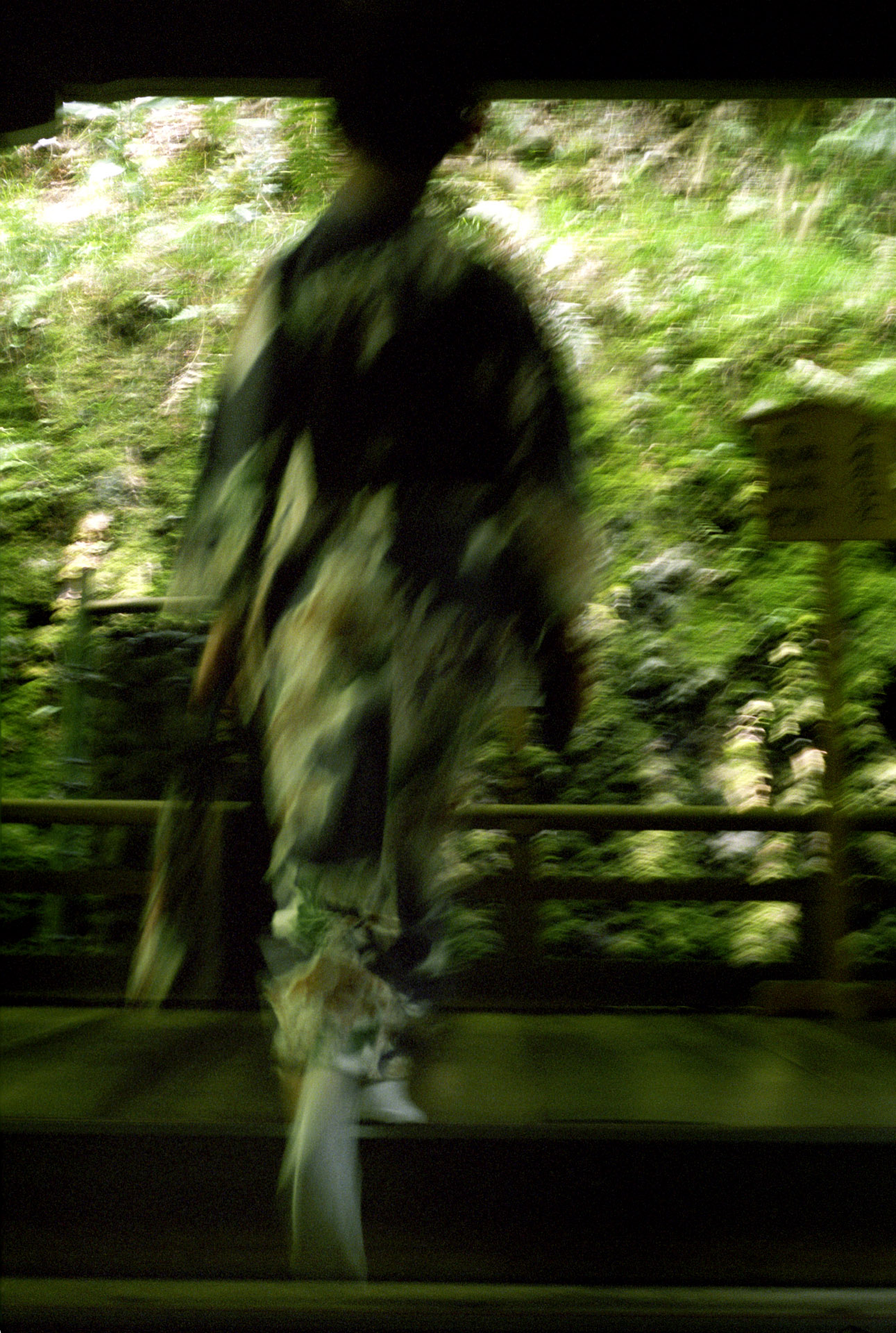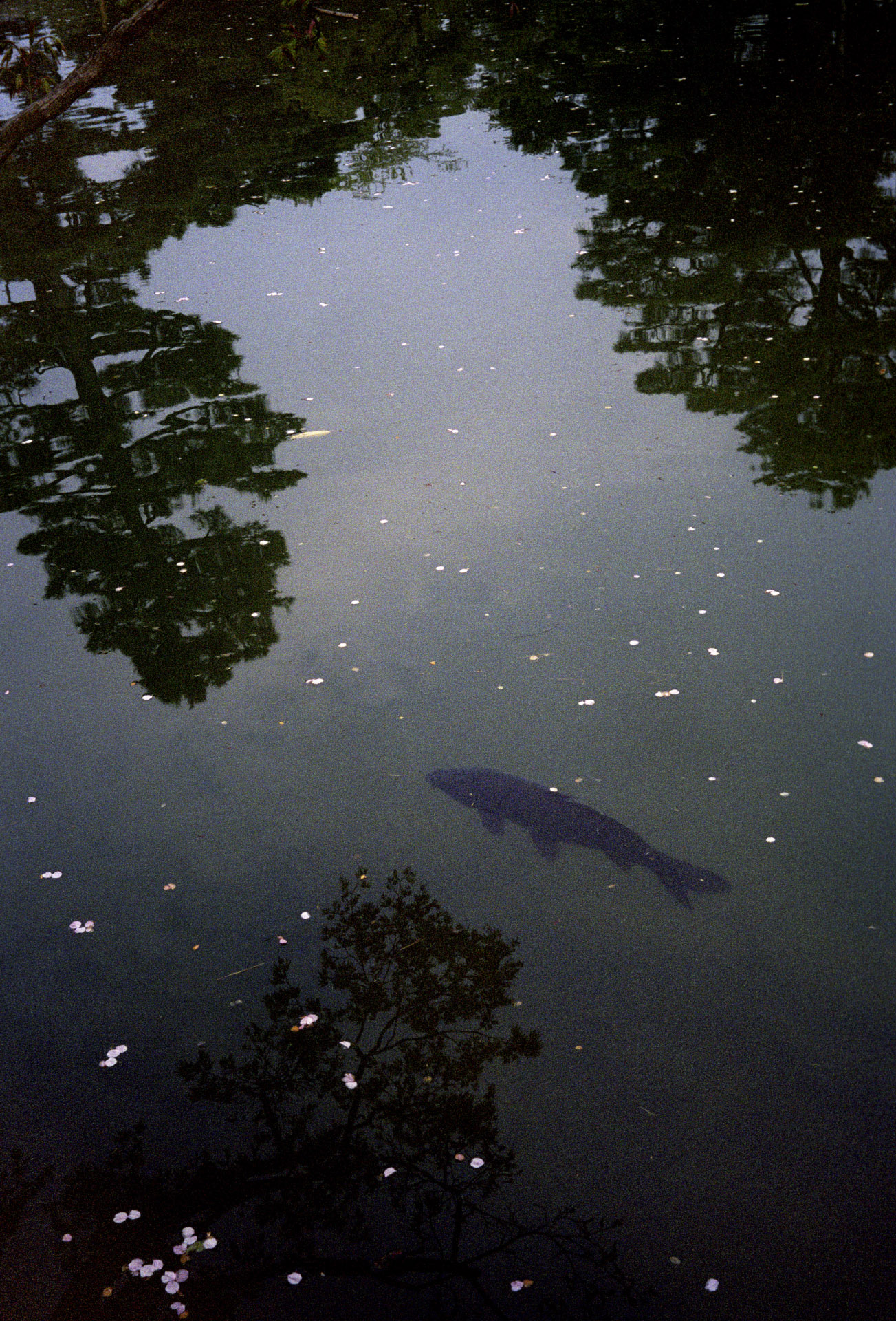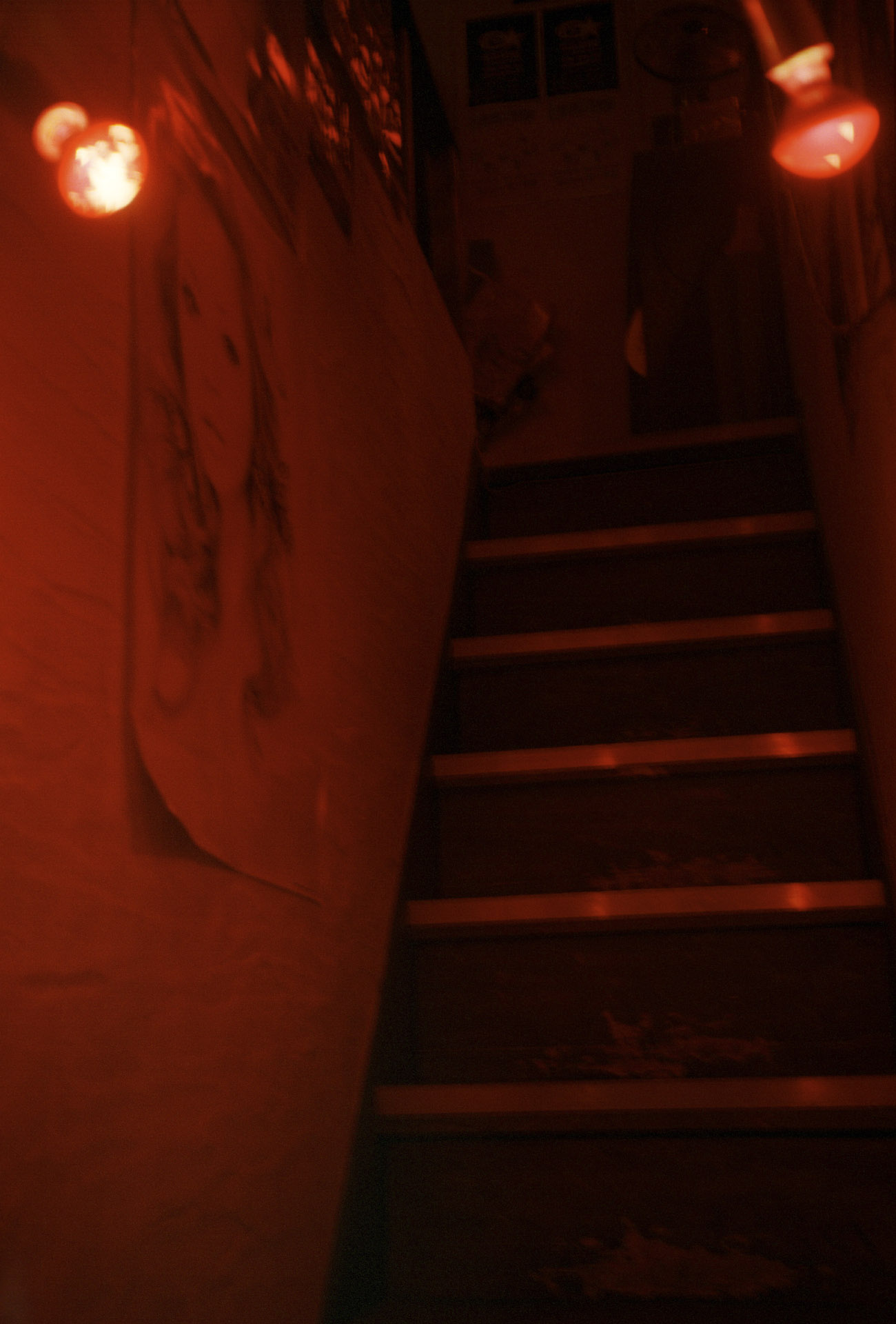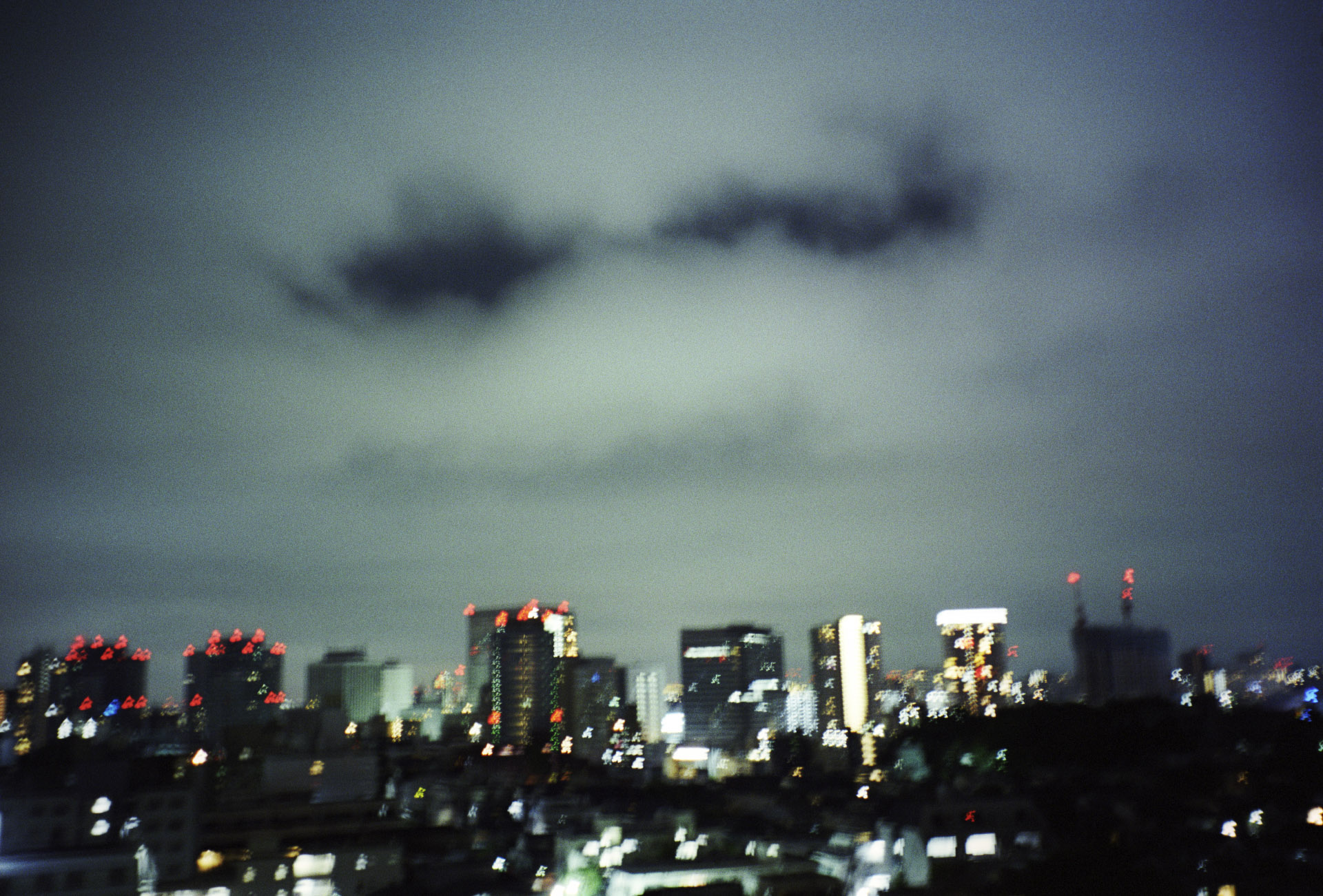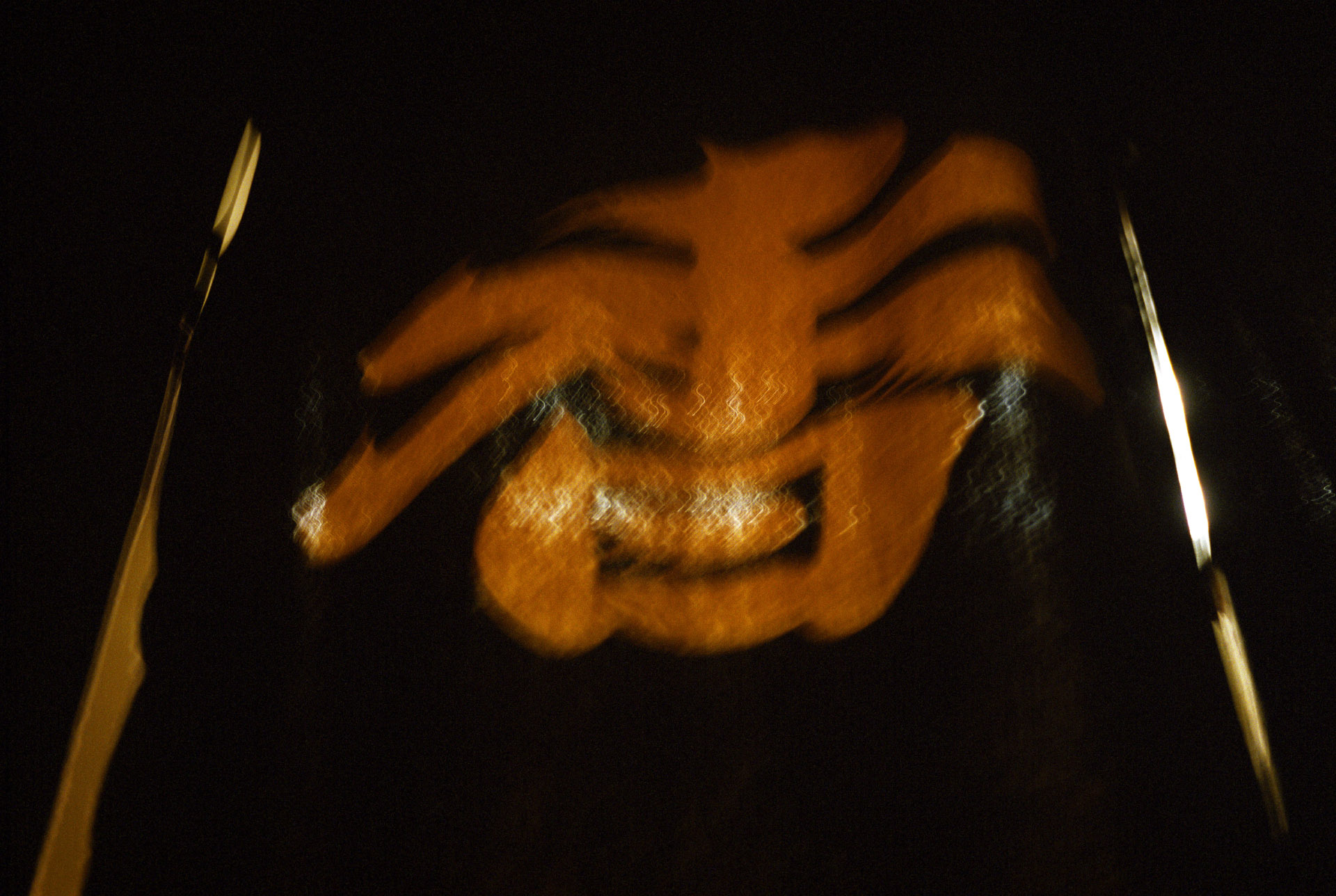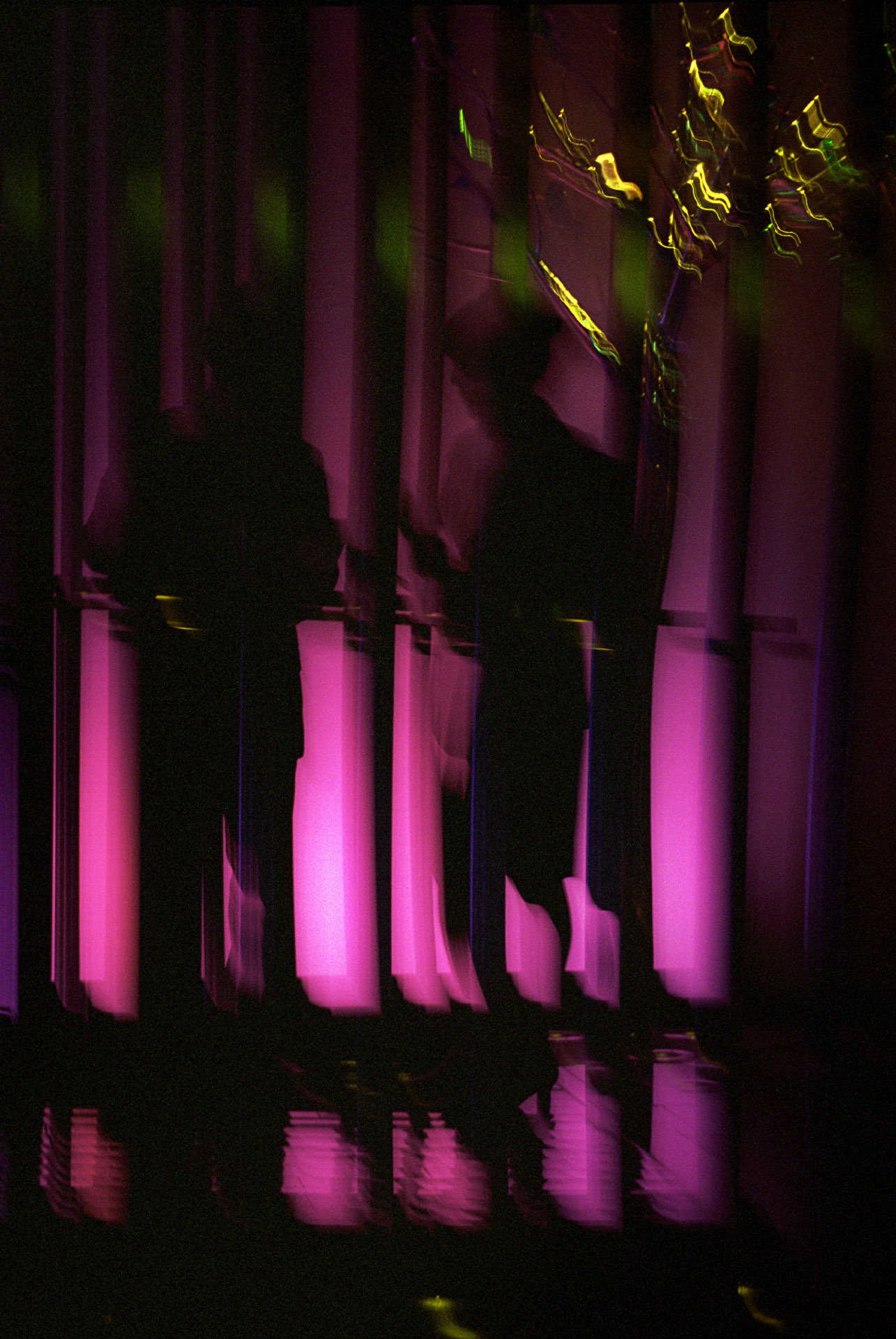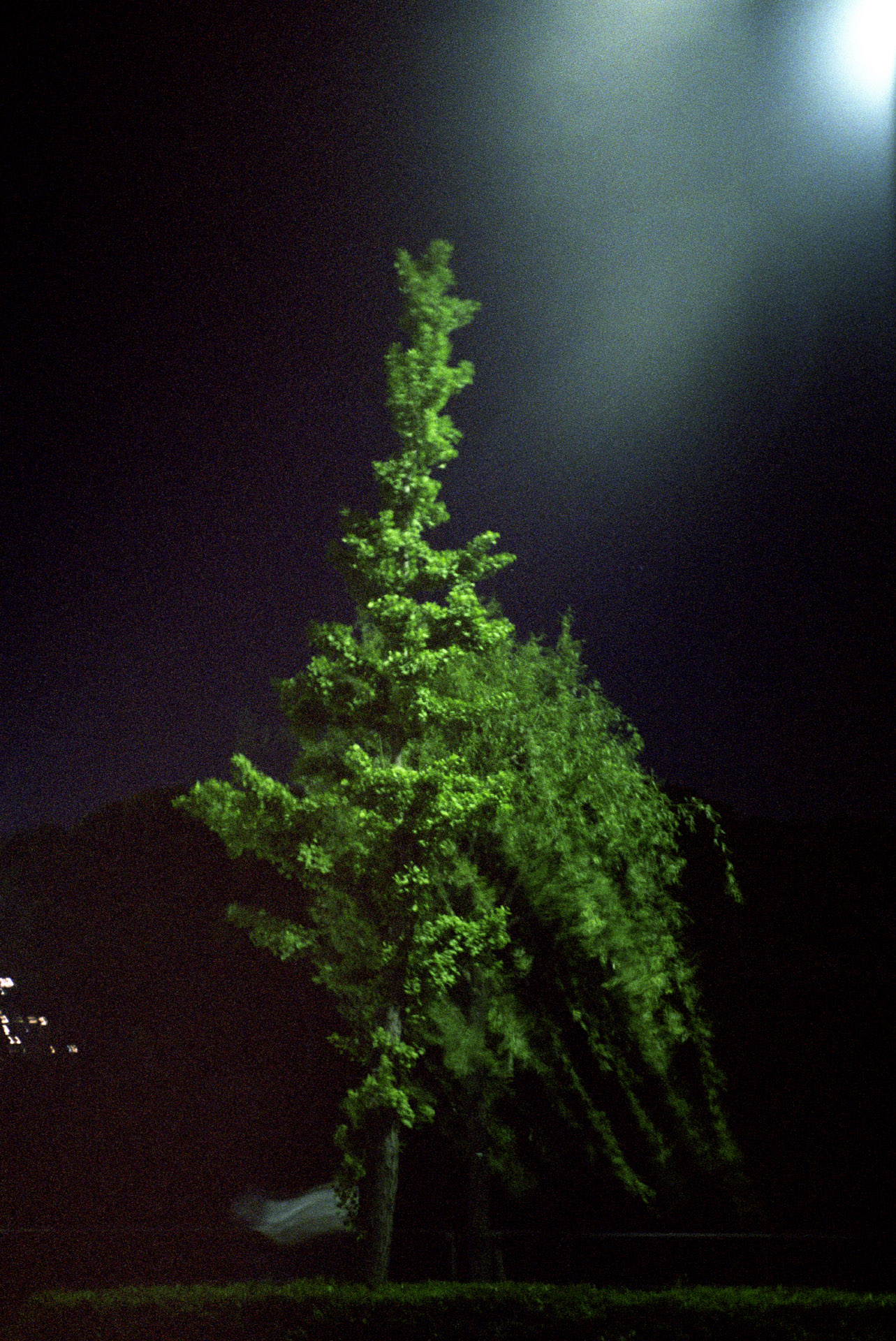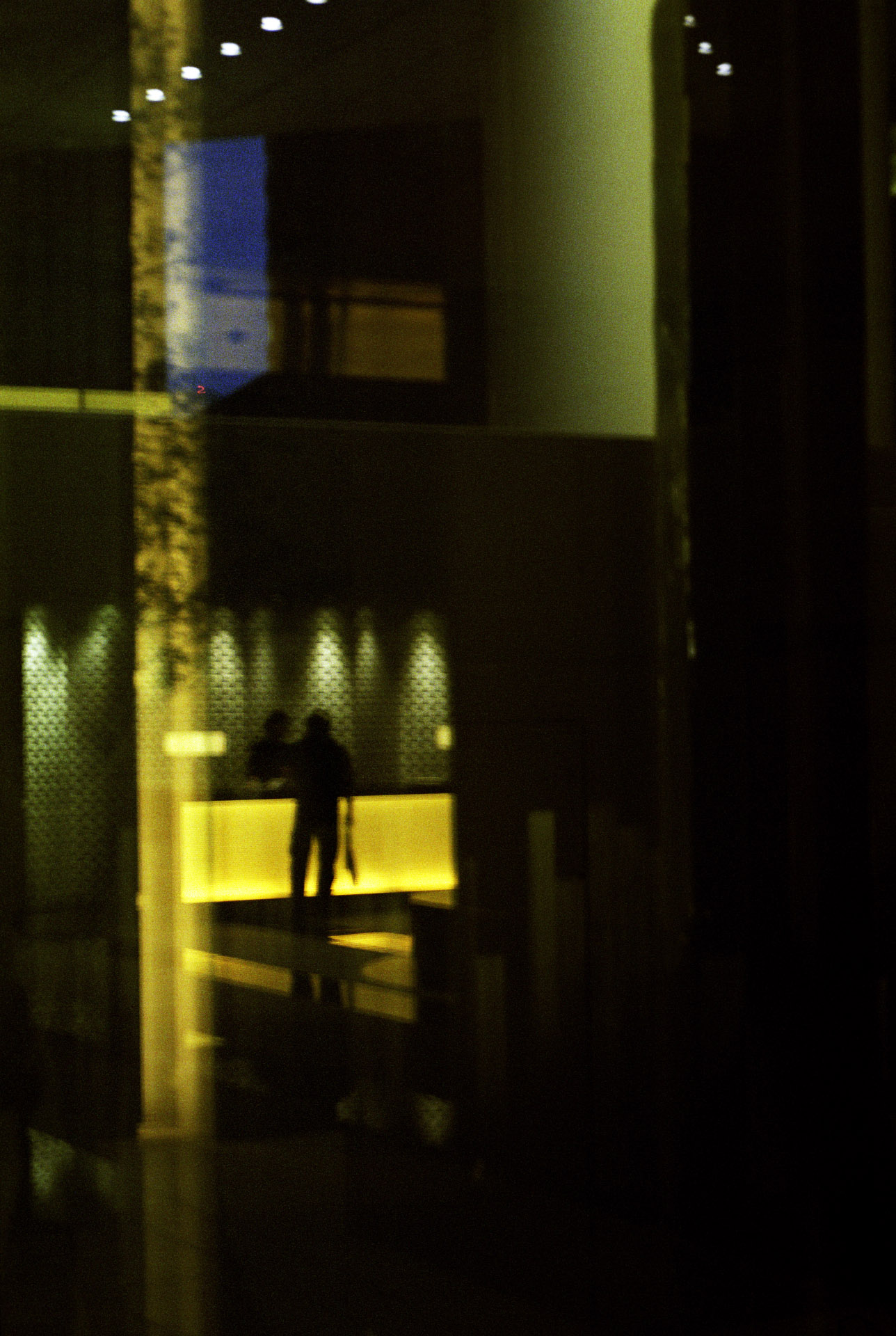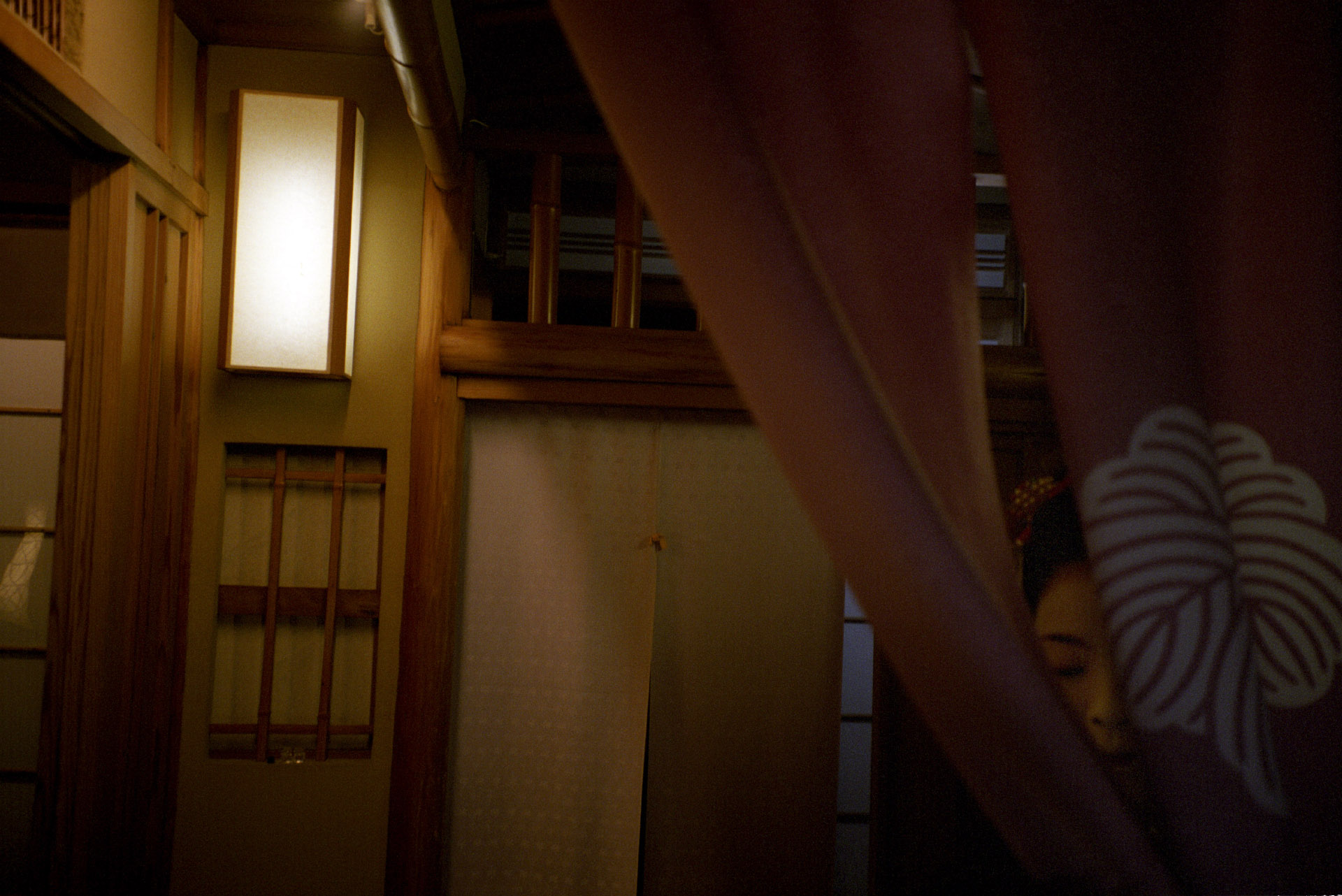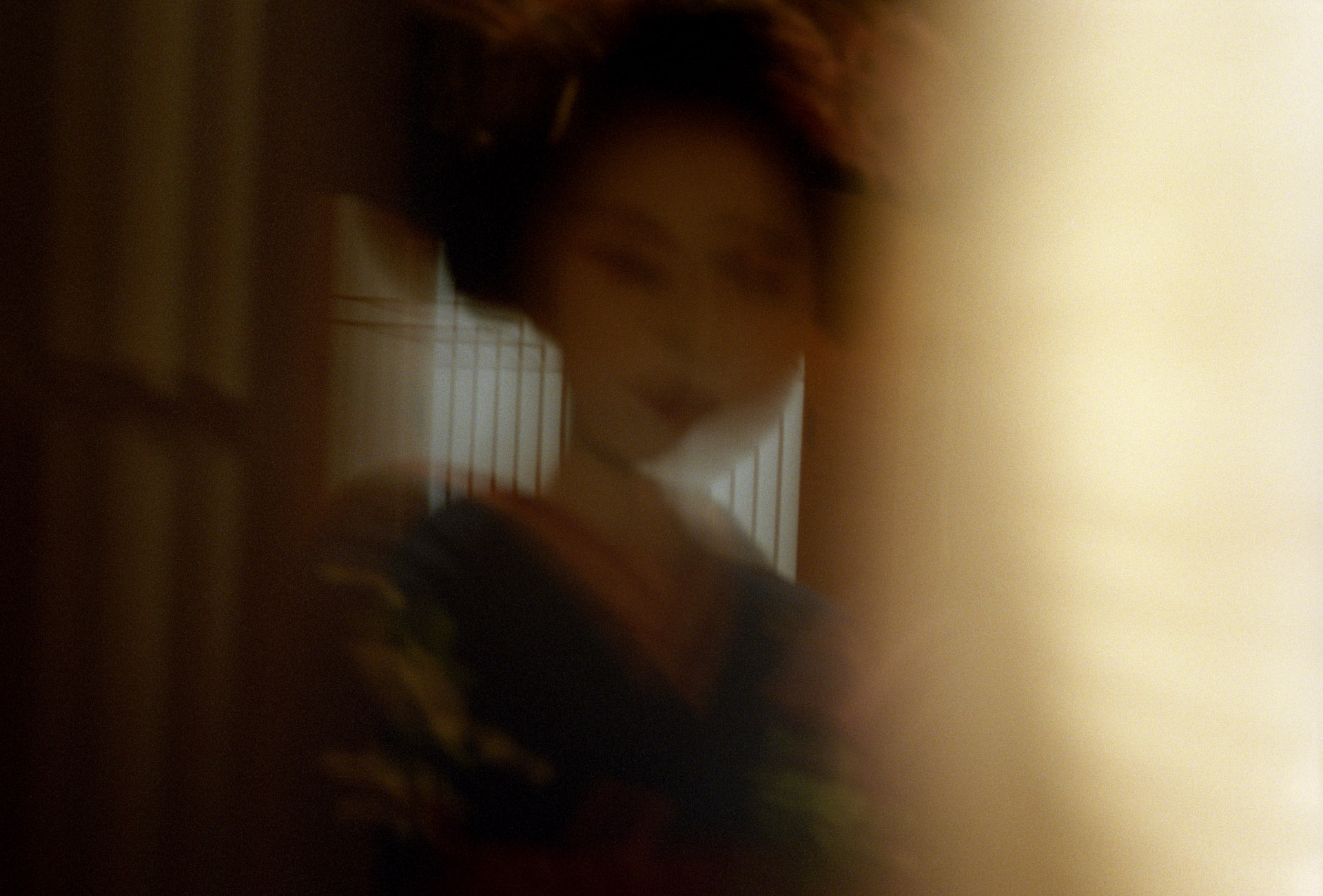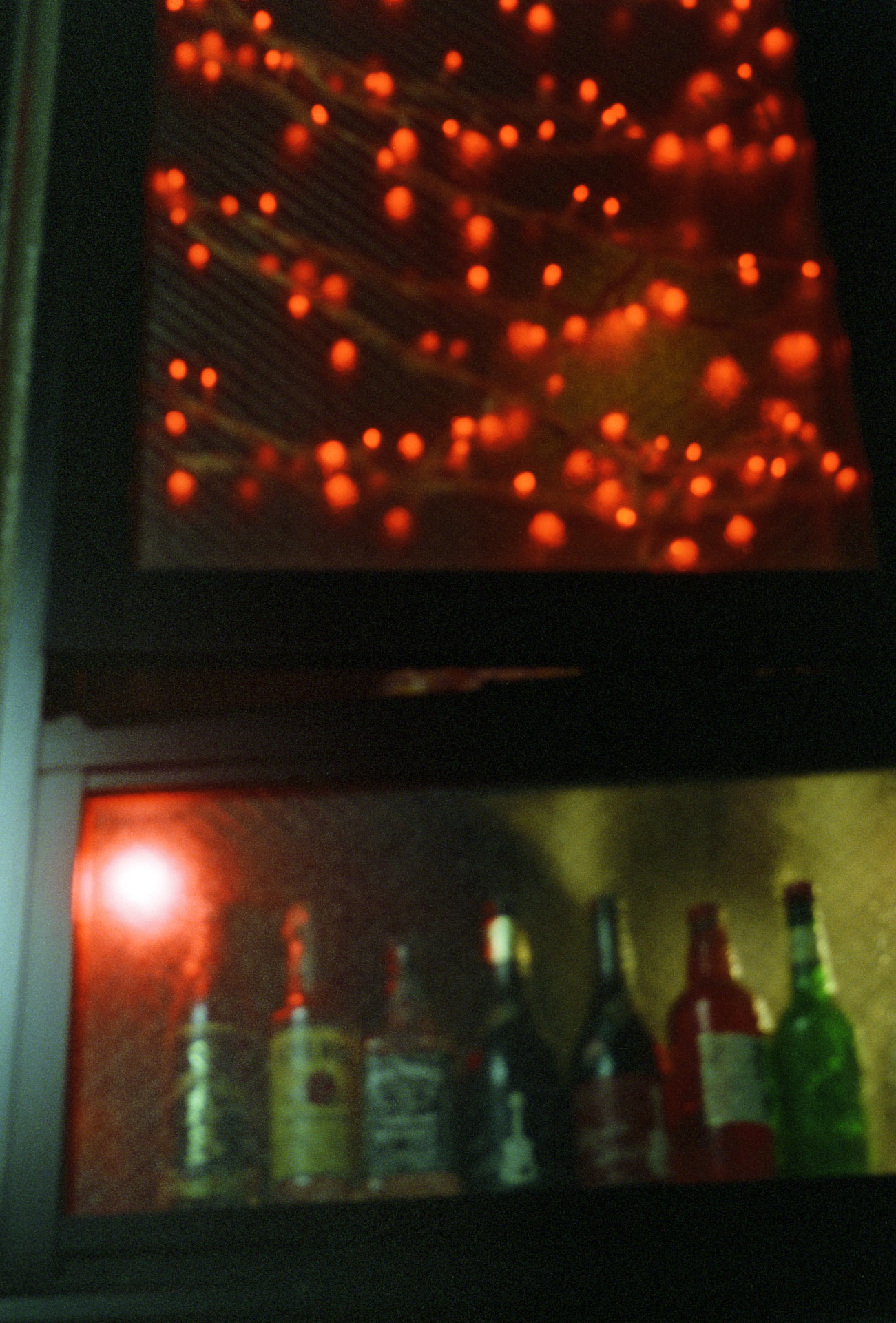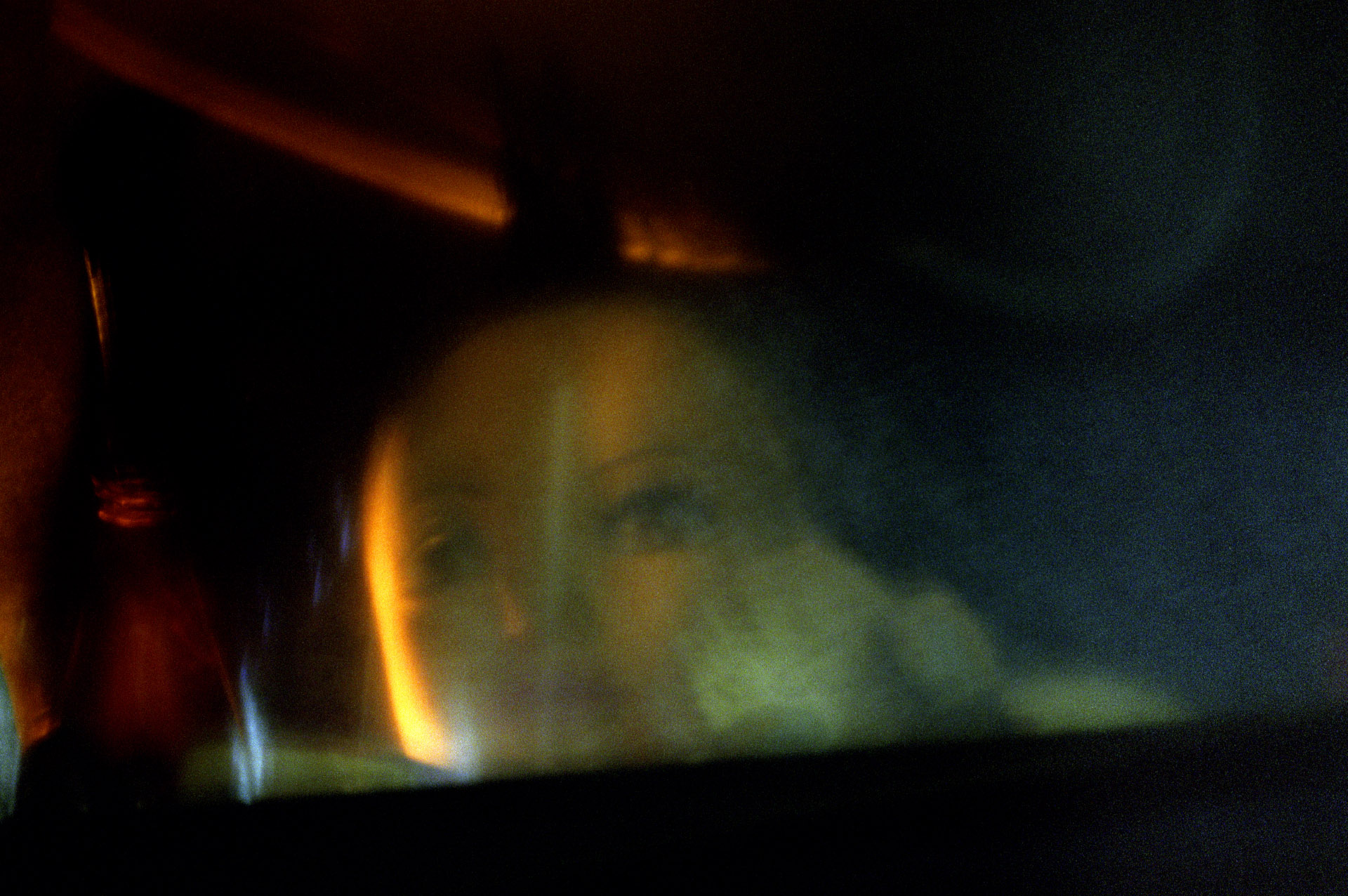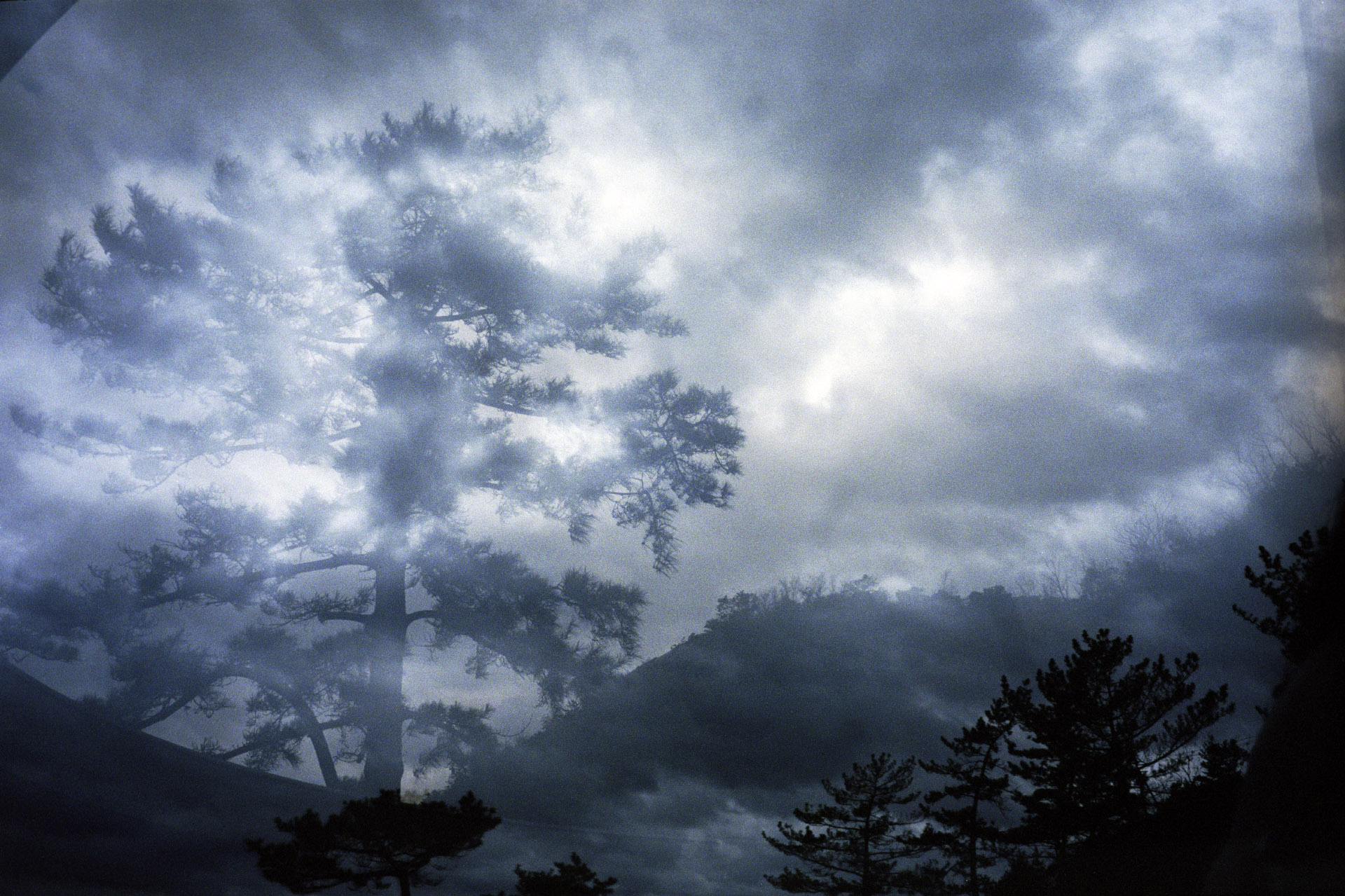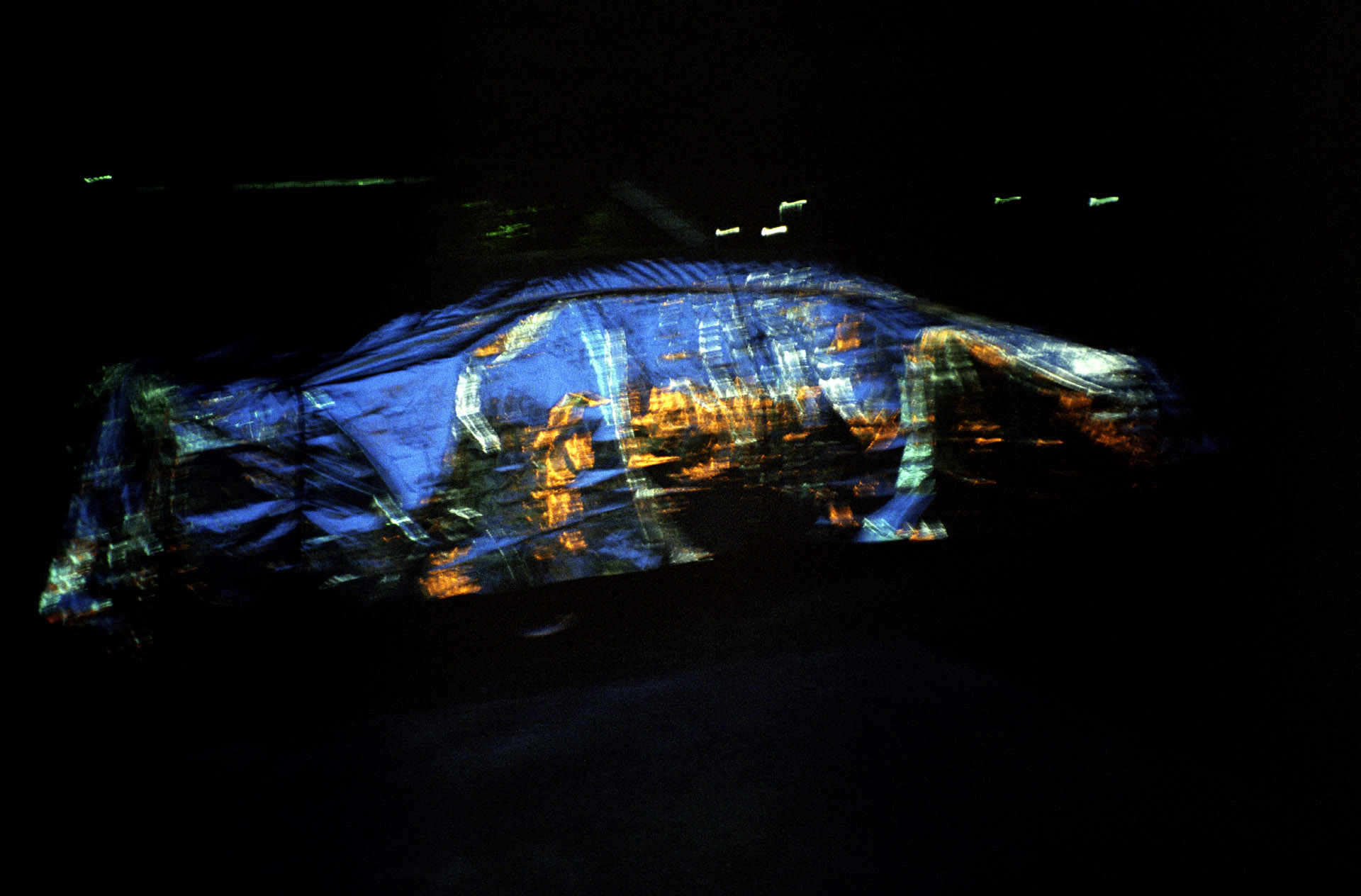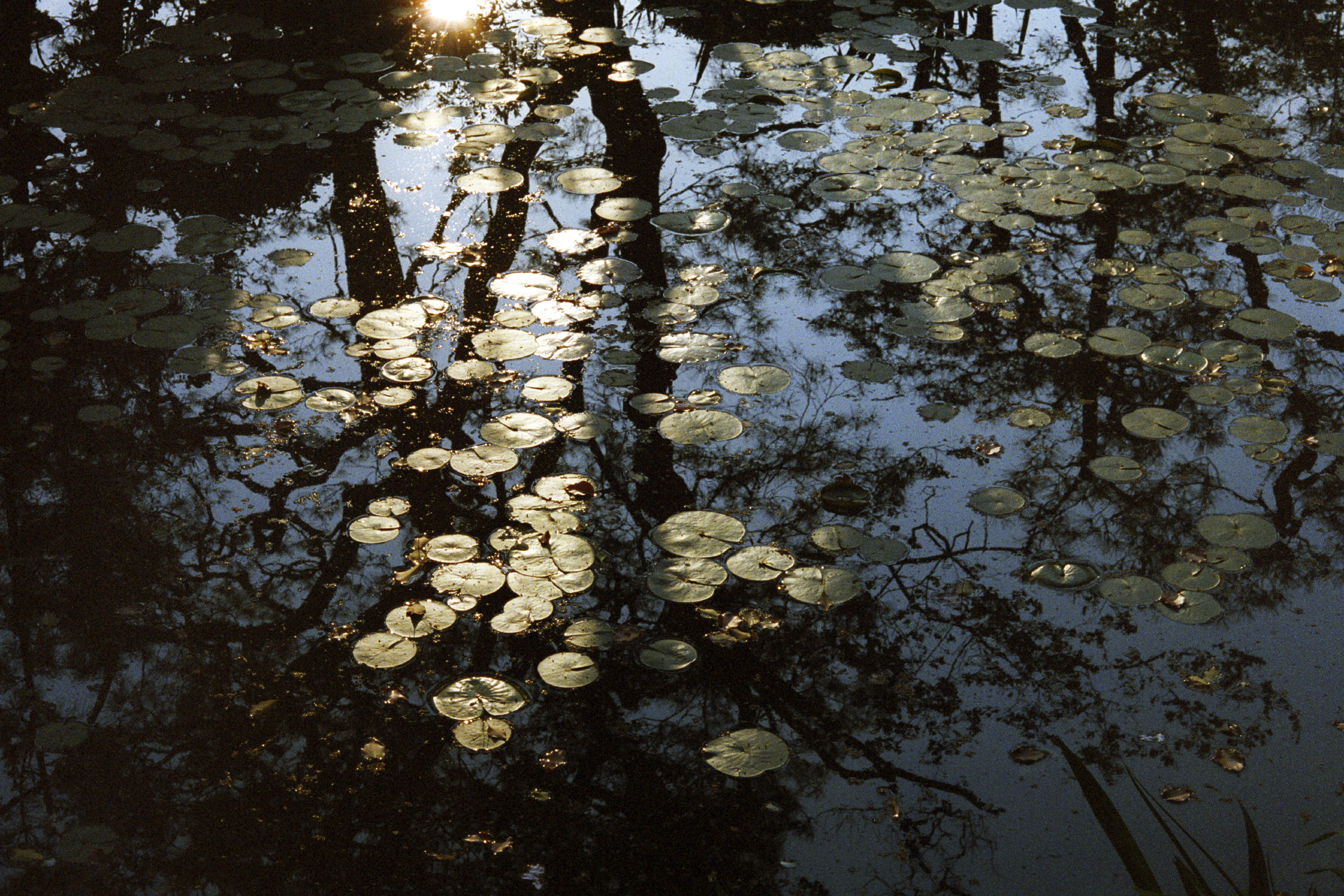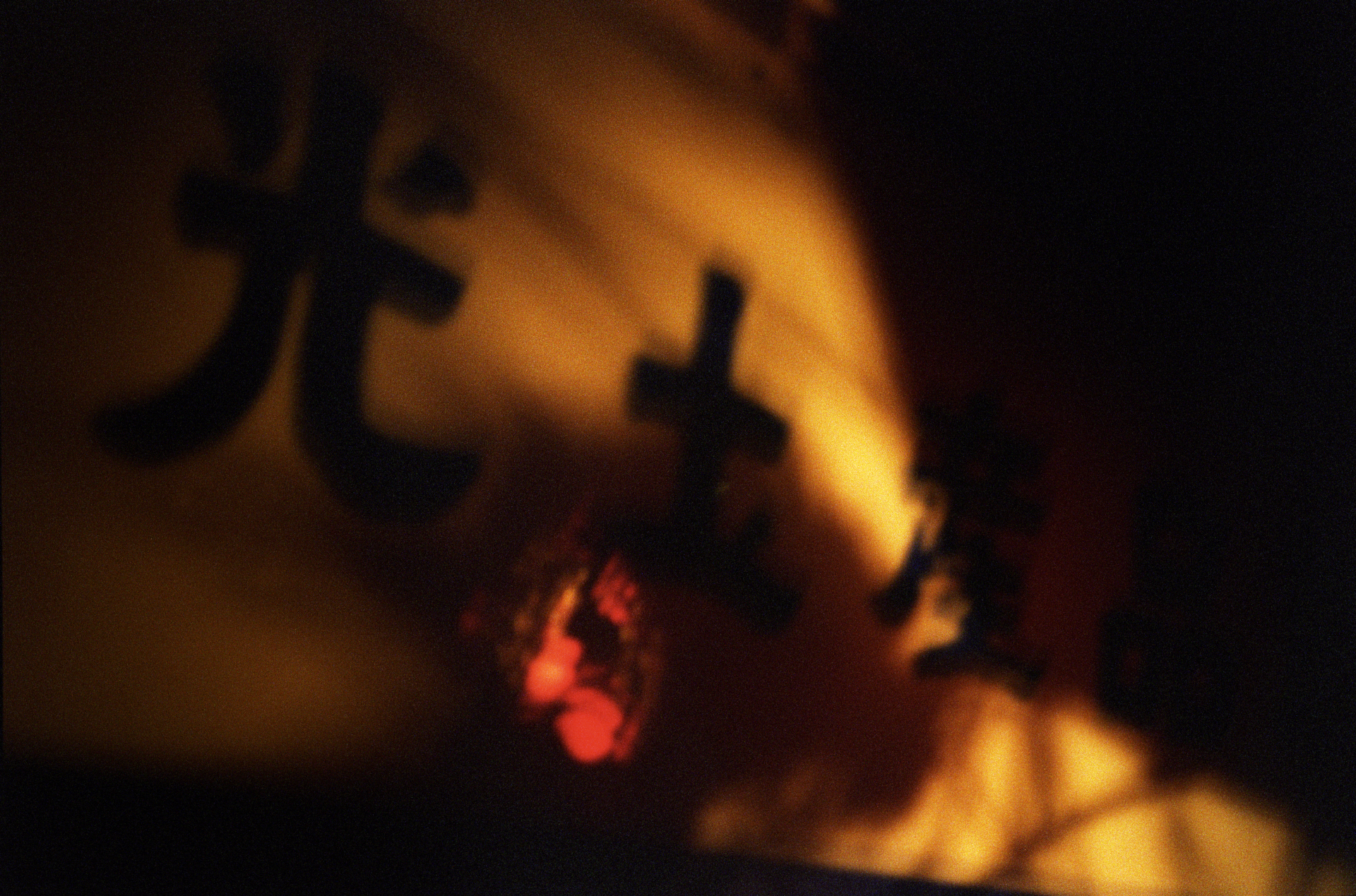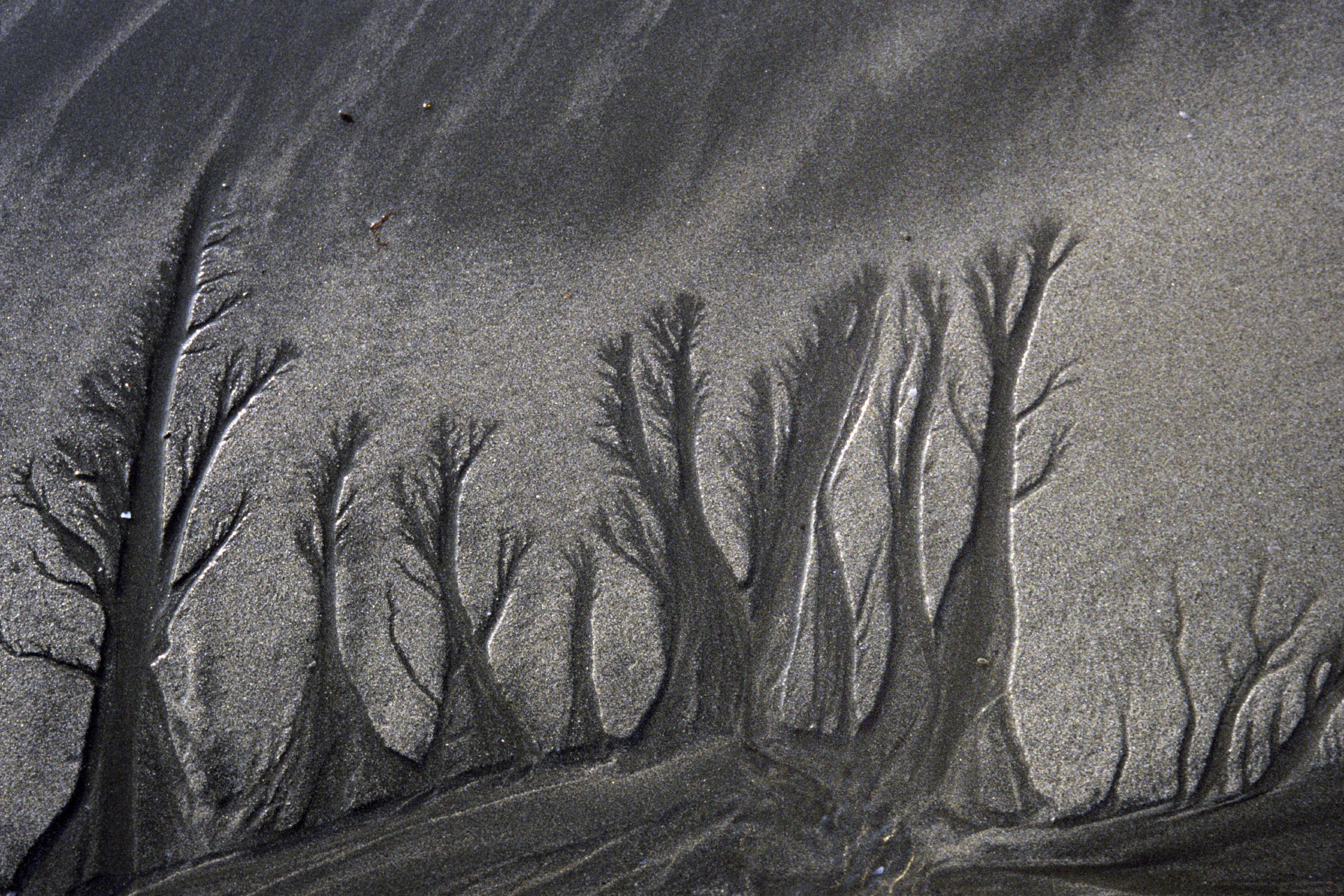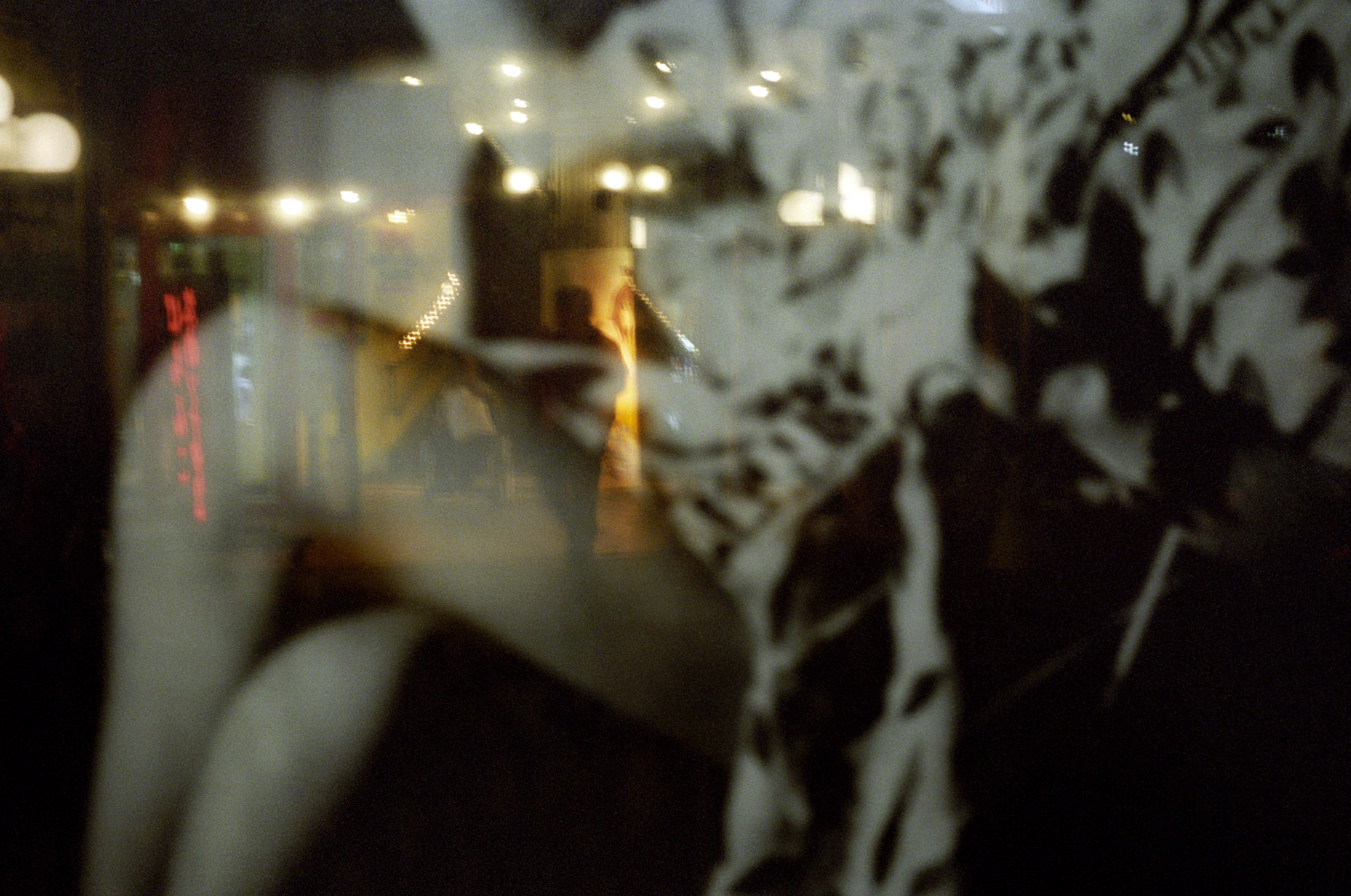— Lost in China, 2005
During the summer of 2005, I did a residency at the Guangdong Museum of Art in Guangzhou.
I travelled to Beijing with the Trans-Siberian then across China, from north to south then south to east by train. Over the course of this incredible journey, I took a particular interest in the silence of shapes, the density of matter, the sensuality of bodies and the shinning of souls.
What impressed me in this country, seized by an uncontrollable modern frenzy, was its oneiric power, as strong as always, which had always made the Westerner that I am dream.
I chose to transpose the brute reality of what I perceived into a symphony of colours and sensations where poetry and dream would be kings. Both in trains (compartments, corridors, station platforms) and in towns (hotels, restaurants, museums, gardens), each time it would be like a window on China opening my neophyte eyes, yet transformed, distorted and elevated by the reflection of my imagination.
In front of a China highly socialized and architected, I wanted to show the incredible power of seduction and the surprising ambiguity of this country undergoing a complete upheaval, and which would – on a daily basis – draw upon the magic of its past as much as upon the revolutionary forces of its future.
In this body of work – very far from any usual documentary photography – I wanted to restitute the traces, the perfumes, the impressions of the millennial and extremely mod-ern China. When, day after day, I strolled through the streets of Beijing, Guangzhou or Shanghai, I had the very strong feeling of the presence of a constant Chinese aesthetic, something of a powerful “look” unique to this country, which had crossed the centuries and still marked the China of today.
Strongly influenced by Asian cinema, I built my reportage as a series of cinematographic sequences, trying to express through my framing and chromatic approach, a miriad of spaces of freedom, far away from the single mindset still very vivid in this country.
It is by losing myself in the mysteries of a subliminal chinese city, both dreamed and fantasized, that I brought this imaginary trip to life.
François Fontaine
— Japanese Whispers, 2008
Travelling to Japan was a childhood dream. I would observe on the walls of our house the Utamaro and Harunobu woodblock prints my father had brought back from a trip to Japan while working as a naval officer. Traveling there in 2008, I found myself in a very familiar place.
Throughout this trip, I had a vague feeling of indecision. Just like the Shoji – those silent sliding doors one finds in temples and traditional houses – plunged in a quiet and misty world.
The resemblance between people and nature was what I found the most striking. The ephemeral figures seen in bars of the Shinjuku area in Tokyo,
the frail silhouettes sliding in the backstreets of Gion, Kyoto, curiously resembled those from the wood prints of my childhood. As would the hybrids and fantastics shapes of the trees and bamboos in the gardens in Kanazawa and Kamakura.
The landscapes and places were tainted with an unsettling ghostly atmosphere. The daily gentle touching and rustling would resonate inside me like “whispers”. Japan, more than any other country, gave me the ultimate feeling of blending in nature and floating on clouds.
François Fontaine
